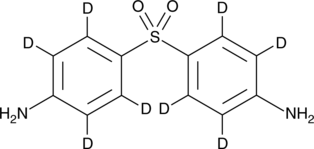Bacterial
Anything that destroys bacteria or suppresses their growth or their ability to reproduce. Heat, chemicals such as chlorine, and antibiotic drugs all have antibacterial properties. Many antibacterial products for cleaning and handwashing are sold today. Such products do not reduce the risk for symptoms of viral infectious diseases in otherwise healthy persons. This does not preclude the potential contribution of antibacterial products to reducing symptoms of bacterial diseases in the home.
Targets for Bacterial
Products for Bacterial
- Cat.No. Product Name Information
-
GC32128
Ceftobiprole (Ro 63-9141)
Ceftobiprole (Ro 63-9141) (Ro 63-9141) is a broad-spectrum cephalosporin with high levels of in vitro activity against methicillin- (MRSA) and vancomycin-resistant staphylococci (VRSA) and penicillin-resistant streptococci with a MIC90 value of 2 μg/mL for MRSA.
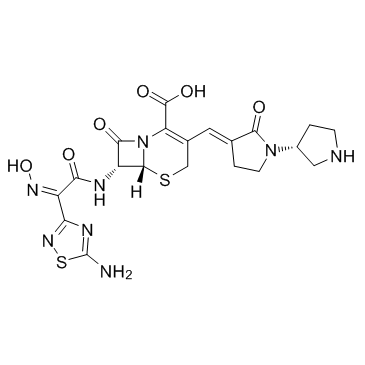
-
GC68005
Ceftobiprole medocaril sodium

-
GC35648
Ceftriaxone
Ceftriaxone is a third-generation cephalosporin antibiotic with excellent activity against many gram-negative, and reasonable activity against most gram-positive microorganisms.
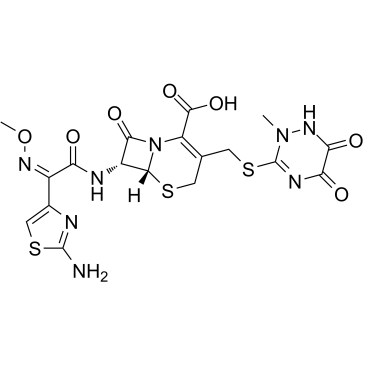
-
GC32075
Ceftriaxone sodium salt (Disodium ceftriaxone)
Ceftriaxone sodium salt (Disodium ceftriaxone) (Disodium ceftriaxone) is a third-generation cephalosporin antibiotic with excellent activity against many gram-negative, and reasonable activity against most gram-positive microorganisms.
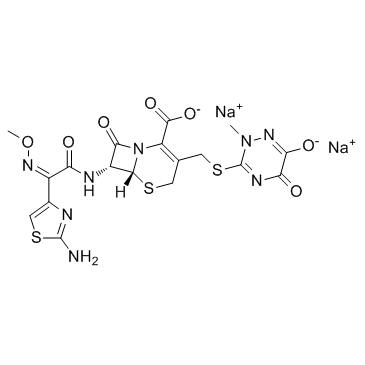
-
GC11349
Ceftriaxone Sodium Trihydrate
Ceftriaxone Sodium Trihydrate (Ceftriaxone disodium hemiheptahydrate) is a third-generation cephalosporin antibiotic with excellent activity against many gram-negative, and reasonable activity against most gram-positive microorganisms.
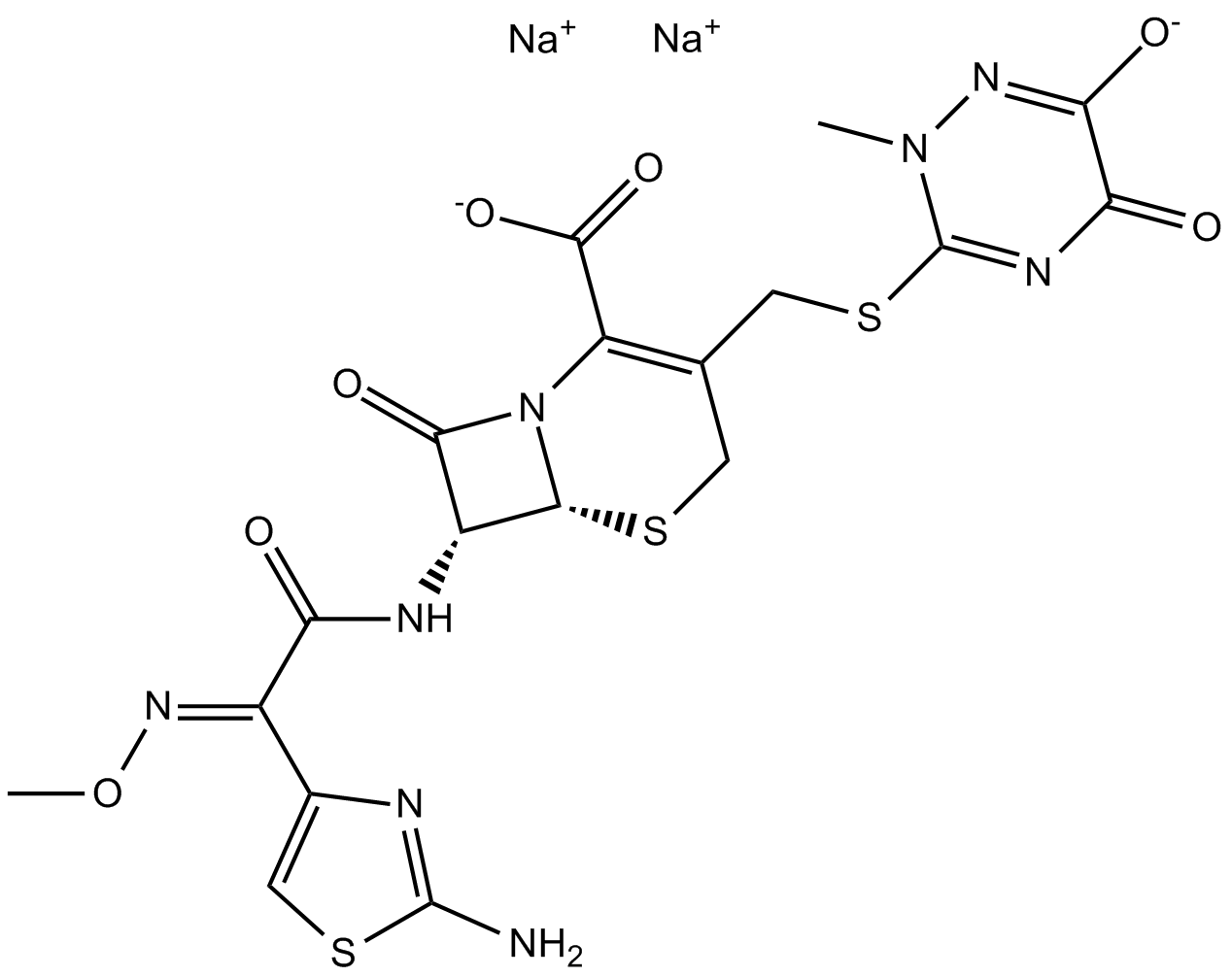
-
GC33998
Cefuracetime (SKF81367)
SKF81367 is a cephalosporin antibiotic.
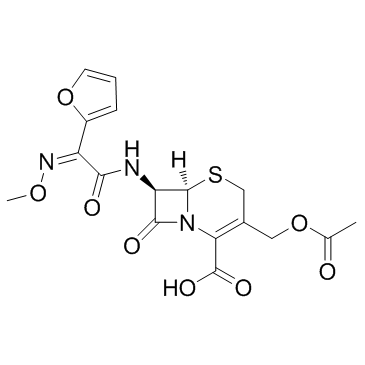
-
GC18670
Cefuroxime
Cefuroxime is an orally active second-generation cephalosporin antibiotic with increased stability to β-lactamase.

-
GC39548
Cefuroxime axetil
Cefuroxime Axetil, a prodrug of the cephalosporin cefuroxime and an oarl broad spectrum antibiotic, inhibits several gram-positive and gram-negative organisms, including those most frequently associated with various common community-acquired infections.
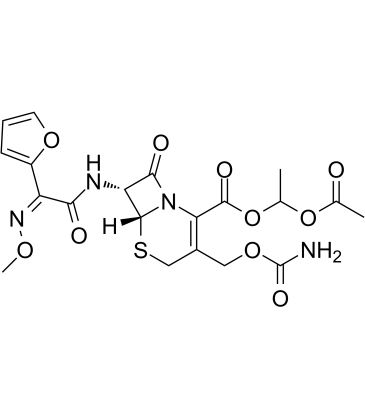
-
GC32086
Cefuroxime sodium (Cefuroxime sodium salt)
Cefuroxime sodium (Cefuroxime sodium salt) is an orally active second-generation cephalosporin antibiotic with increased stability to β-lactamase.
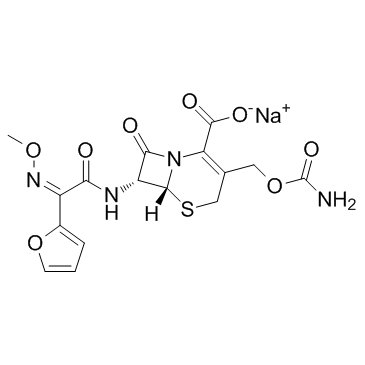
-
GC15625
Cephalexin
Antibiotic
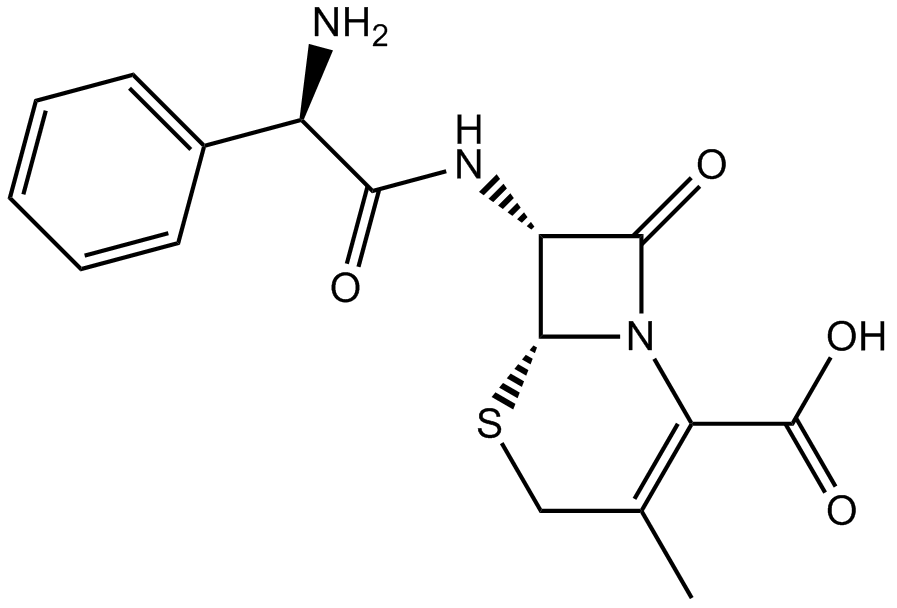
-
GC13641
Cephalexin hydrochloride
Cephalosporin antibiotic
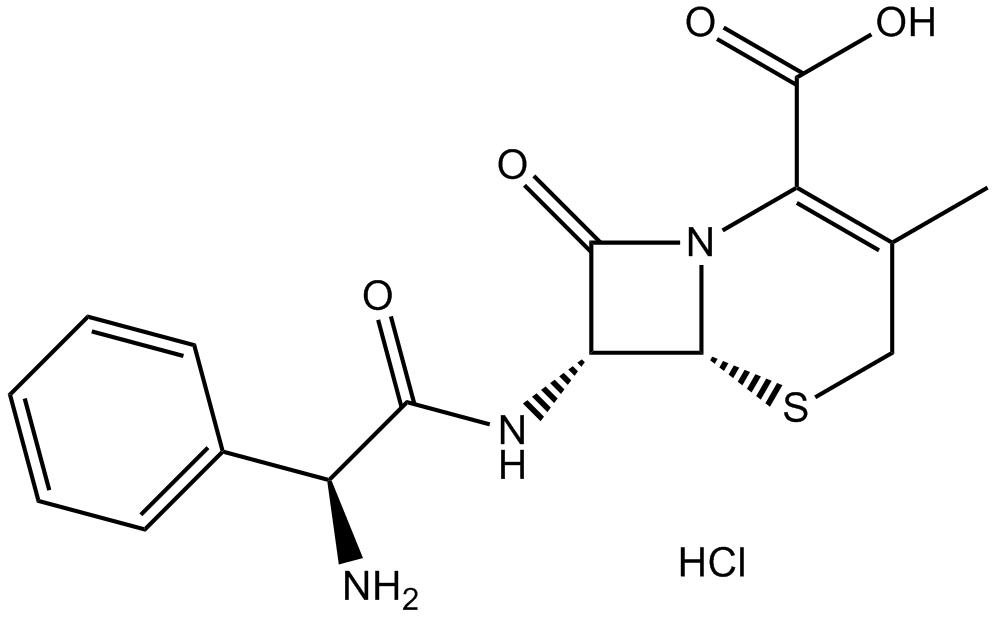
-
GC15593
Cephalexin monohydrate
Semisynthetic cephalorsporin antibiotic
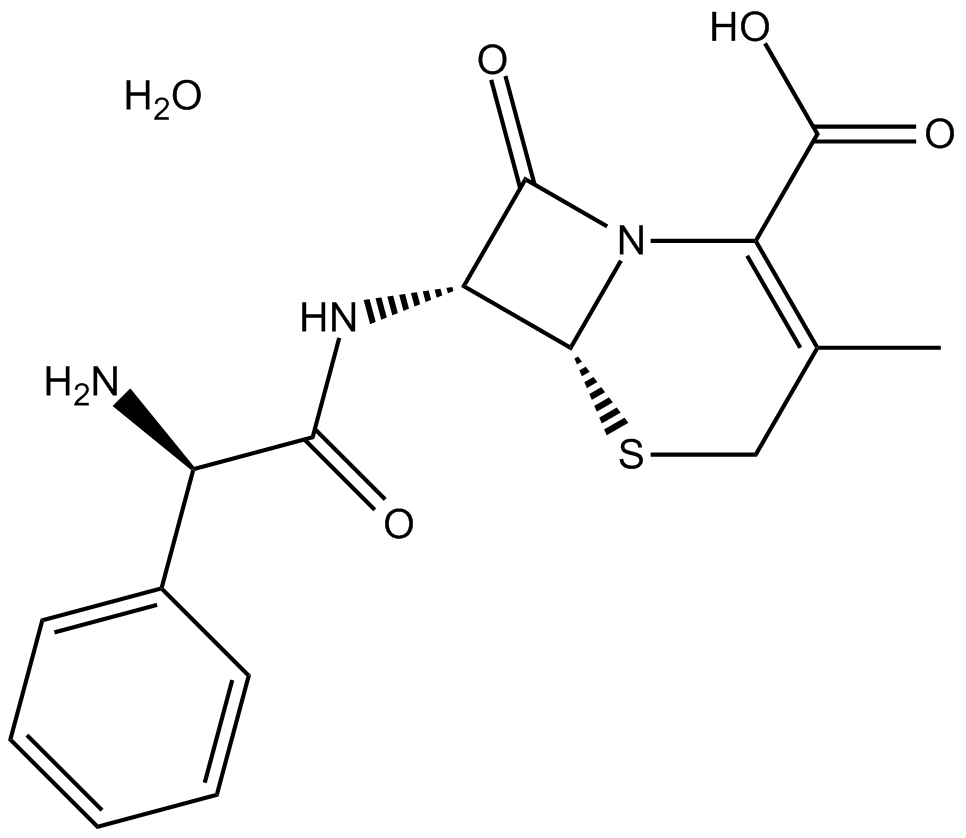
-
GC11507
Cephalothin
NULL
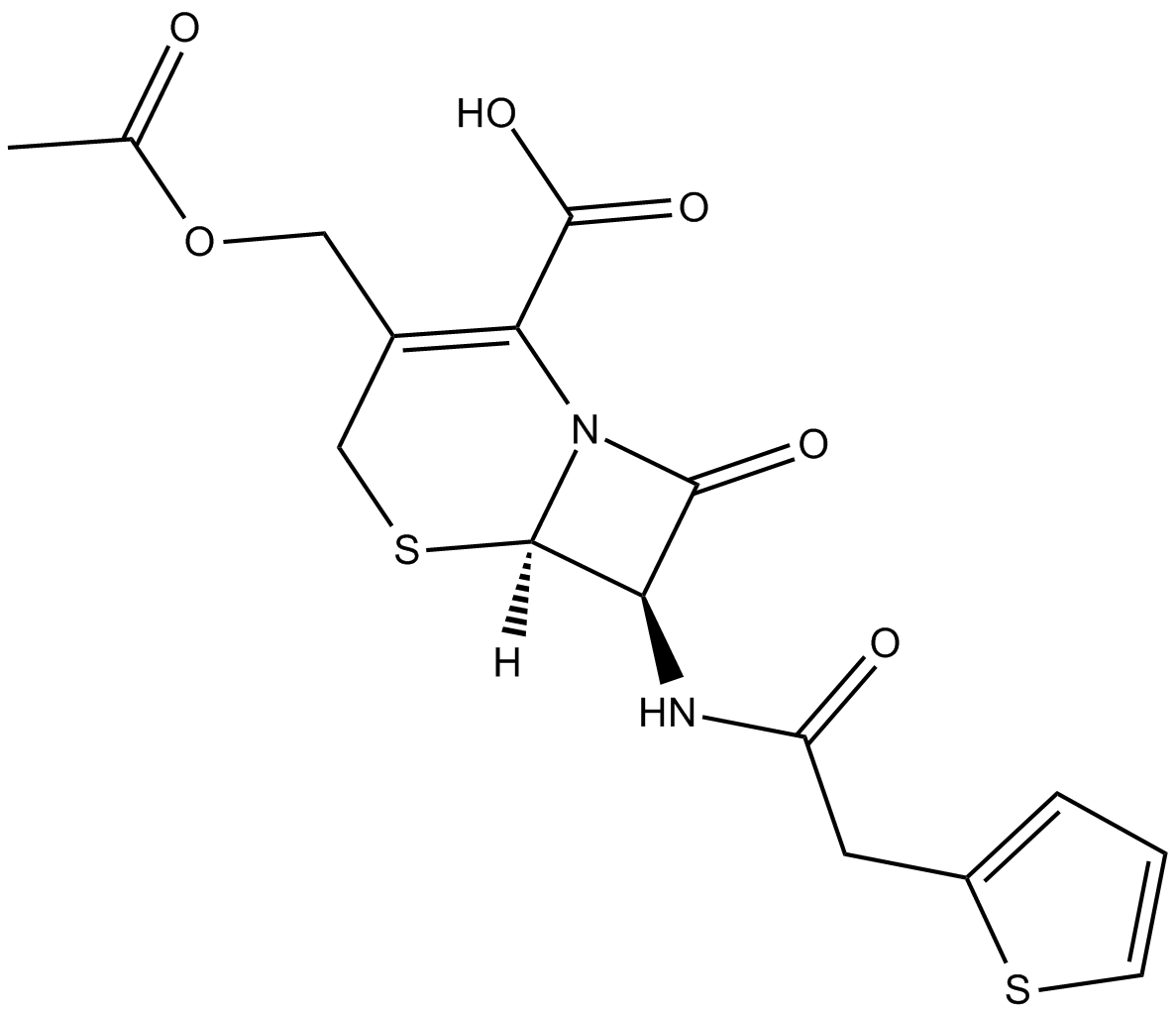
-
GC38664
Cephalothin sodium
Cephalothin sodium is a first generation cephem antibiotic with a wide range antibacterial activity, is active against gram-positive and gram-negative bacteria.
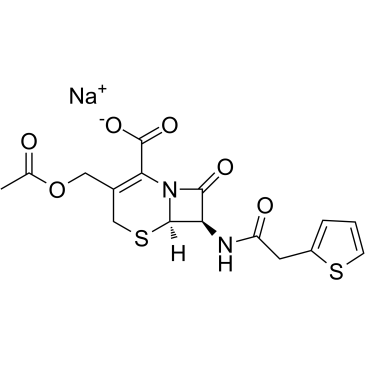
-
GC19760
Cephapirin Benzathine
Cephapirin Benzathine is the benzathine salt form of cephapirin.

-
GC38188
Cephapirin sodium
Cephapirin sodium (Cefapirin sodium) is an ephalosporin antibiotic with broad-spectrum antimicrobial activity.
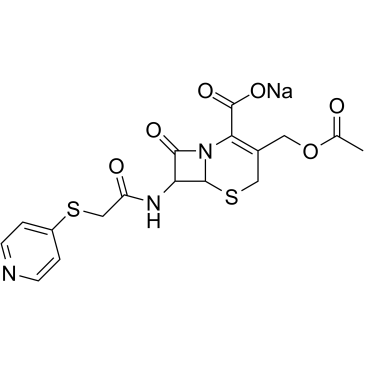
-
GC32323
Ceratotoxin A
Ceratotoxin A, a 29-residue peptide isolated from the accessory gland secretion fluid, with strong anti-bacterial activity.
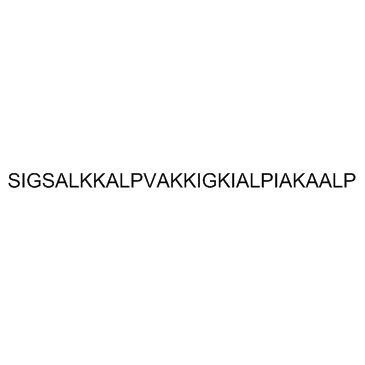
-
GC60689
Cetalkonium chloride
Cetalkonium chloride is an ammonium antiseptic agent used in many topical drugs for infections of mouth, throat and eye.
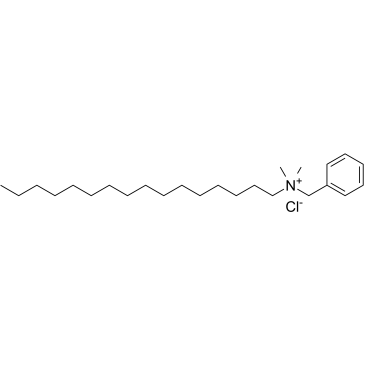
-
GC65087
Cethromycin
Cethromycin (ABT-773) is a ketolide antibiotic.
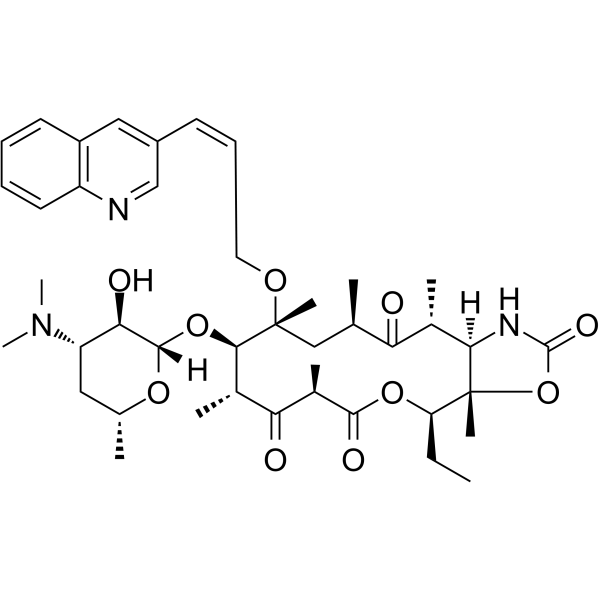
-
GC11689
Cetylpyridinium Chloride
Cationic quaternary ammonium compound used as oropharyngeal antiseptic.
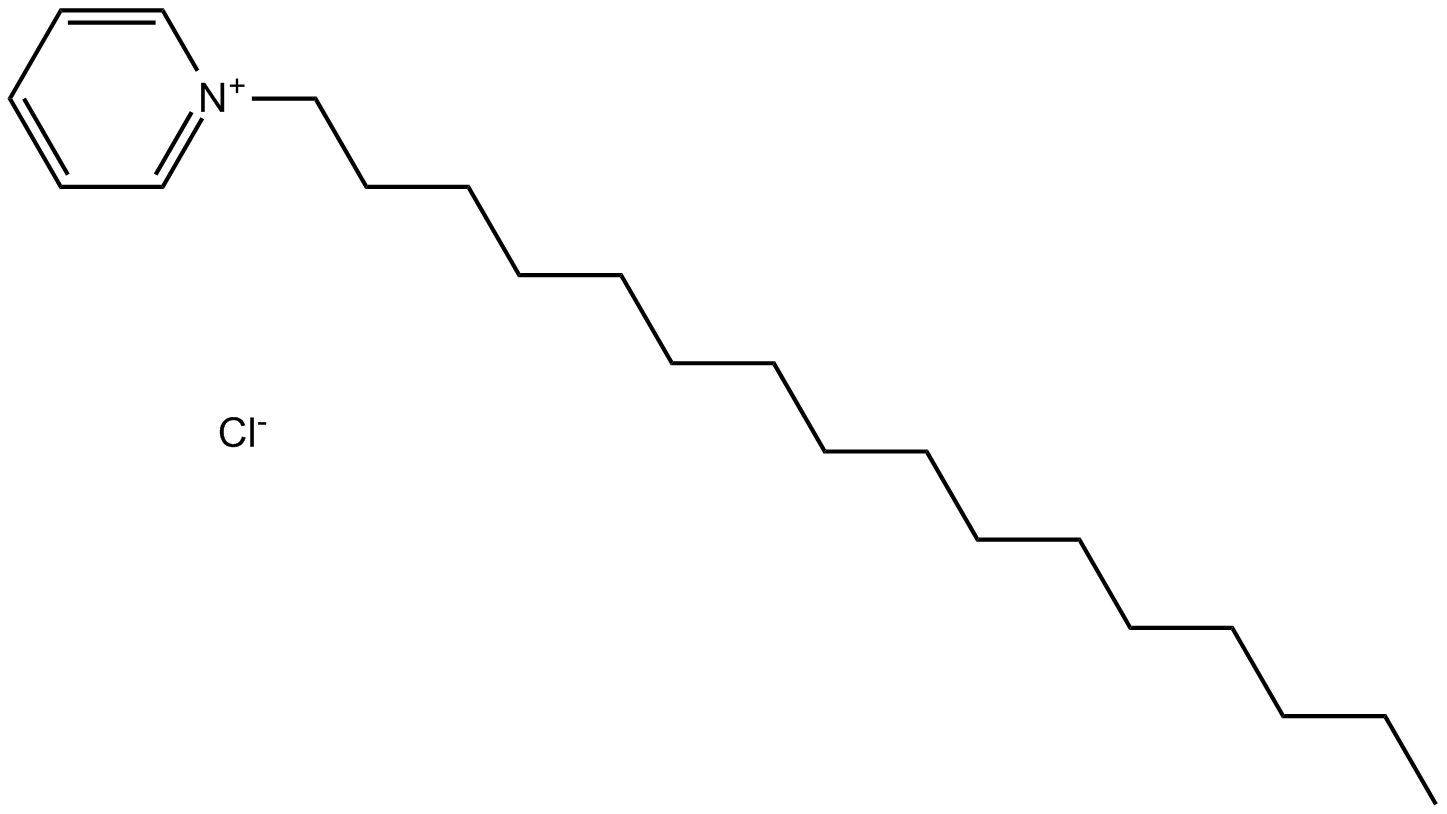
-
GC35658
Cetylpyridinium chloride monohydrate
Cetylpyridinium chloride monohydrate is a cationic quaternary ammonium compound, used in some types of mouthwashes, toothpastes, throat and nasal sprays, is an antiseptic that kills bacteria and other microorganisms, effective in preventing dental plaque and reducing gingivitis.
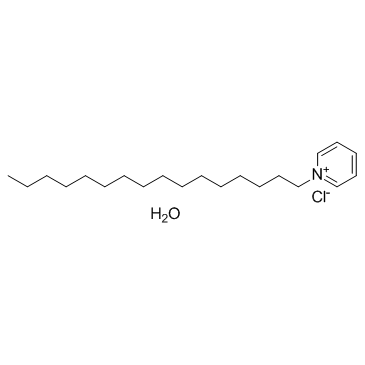
-
GC63826
Chalcone
Chalcone is isolated from Glycyrrhizae inflata and used to synthesize chalcone derivatives.
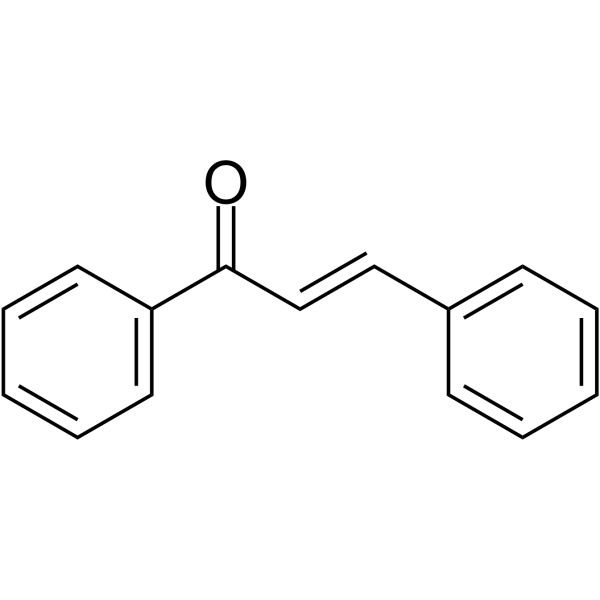
-
GC14386
CHIR-090
An antibiotic and LpxC inhibitor
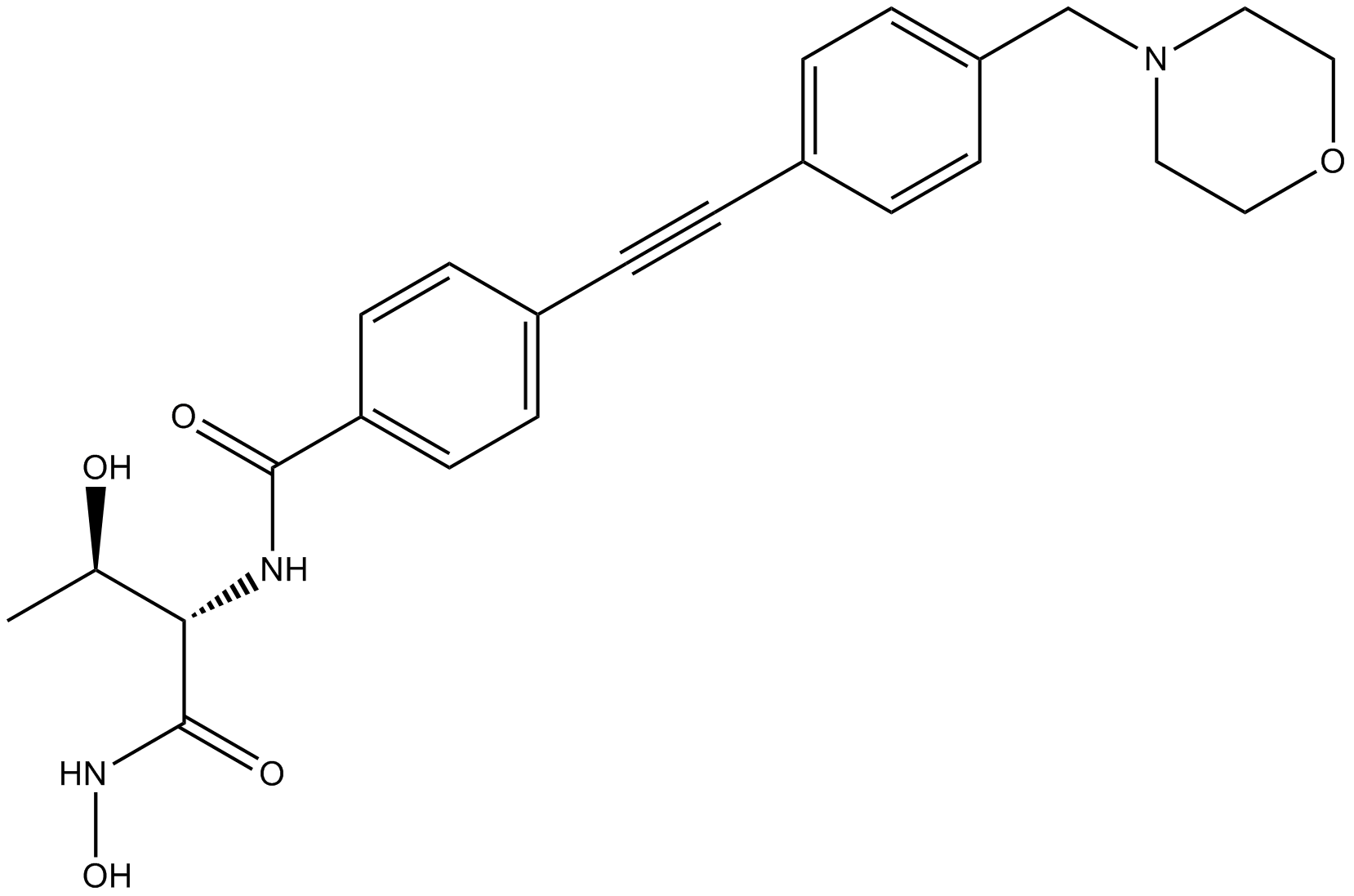
-
GC34082
Chitosan (Deacetylated chitin)
Chitosan (Deacetylated chitin) (Deacetylated chitin) is a polycationic linear polysaccharide derived from chitin.
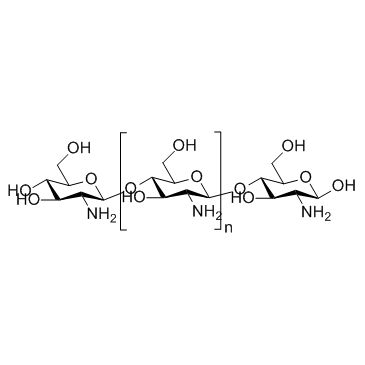
-
GC15185
Chloramphenicol
An acetylated version of chloramphenicol
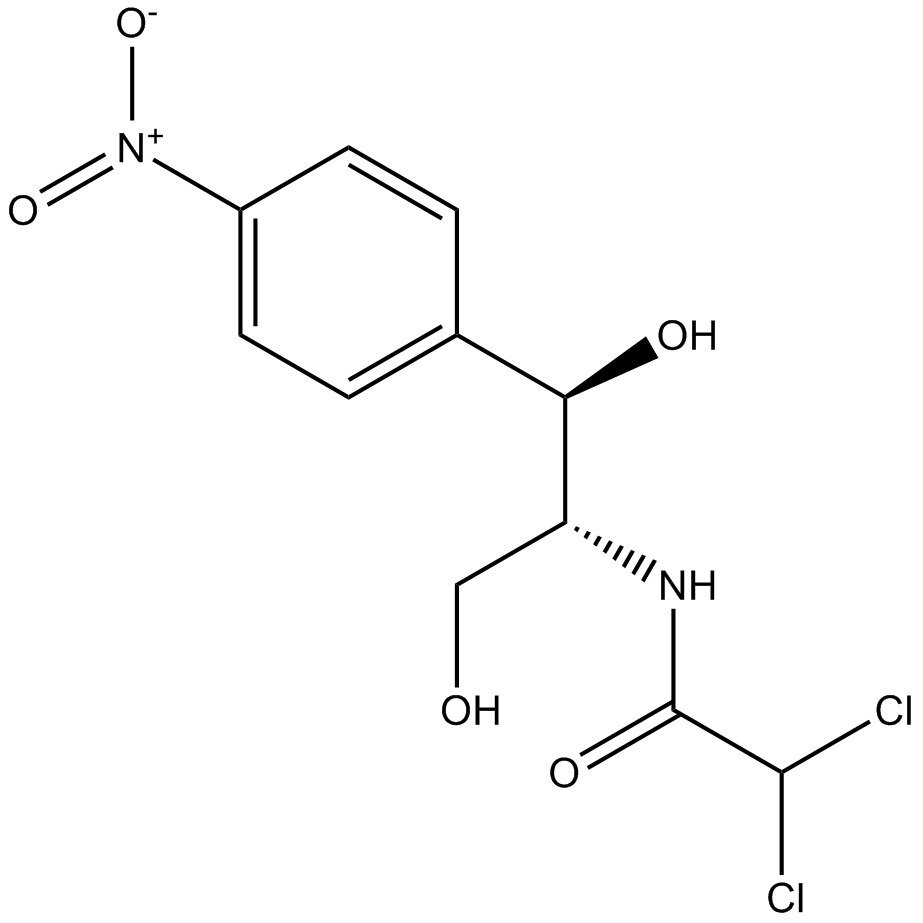
-
GC43241
Chloramphenicol Palmitate
Chloramphenicol palmitate is an orally bioavailable ester prodrug form of the antibiotic chloramphenicol.

-
GC39661
Chloramphenicol succinate sodium
Chloramphenicol succinate sodium is a prodrug of Chloramphenicol, with Haemotoxicity.
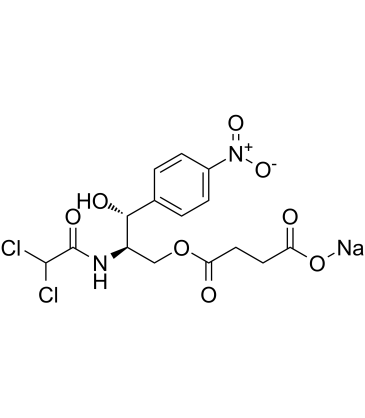
-
GC35680
Chlorhexidine
Chlorhexidine is an antibacterial used as an antiseptic and for other applications.
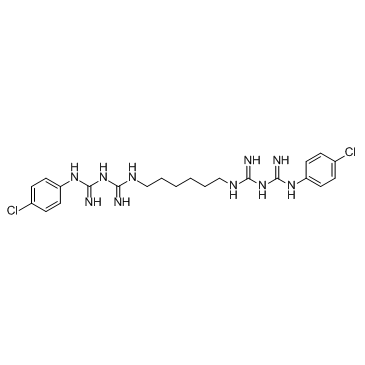
-
GC43243
Chlorhexidine (acetate hydrate)
Chlorhexidine is a bis(biguanide) antimicrobial disinfectant and antiseptic agent.
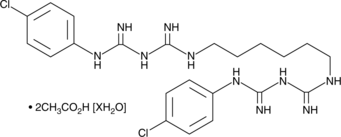
-
GC60699
Chlorhexidine diacetate
Chlorhexidine diacetate is a biguanide disinfectant with rapid bactericidal activity against both Gram-positive and Gram-negative organism.
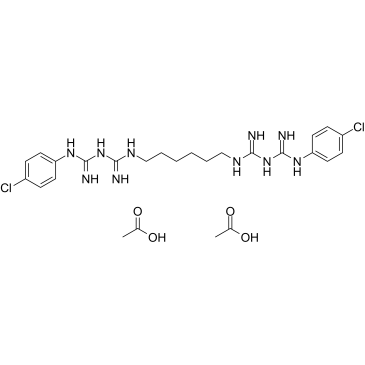
-
GC16201
Chlorhexidine digluconate
antiseptic
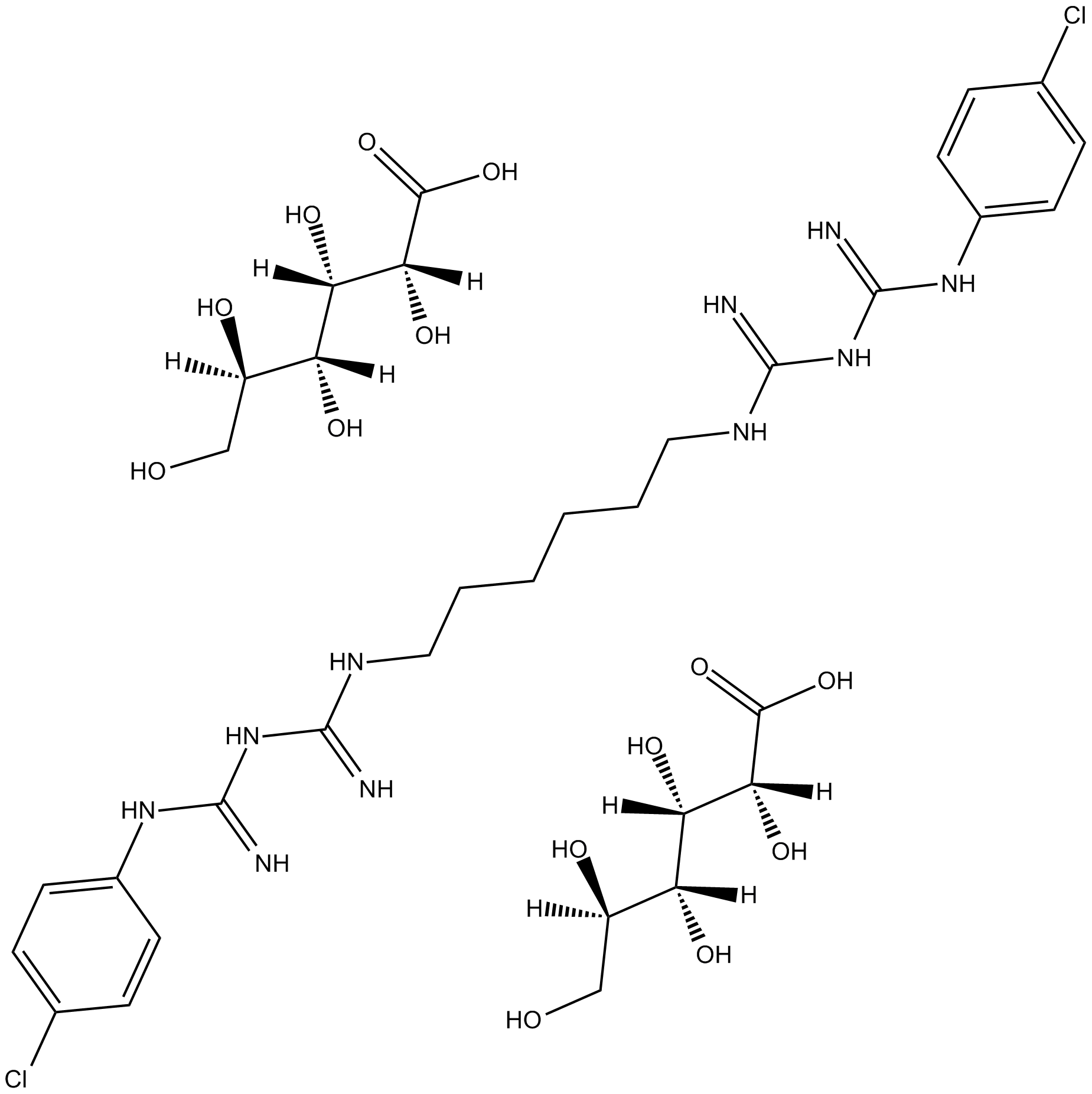
-
GC15204
Chlorhexidine HCl
Chlorhexidine HCl is an antibacterial, used as an antiseptic and for other applications.
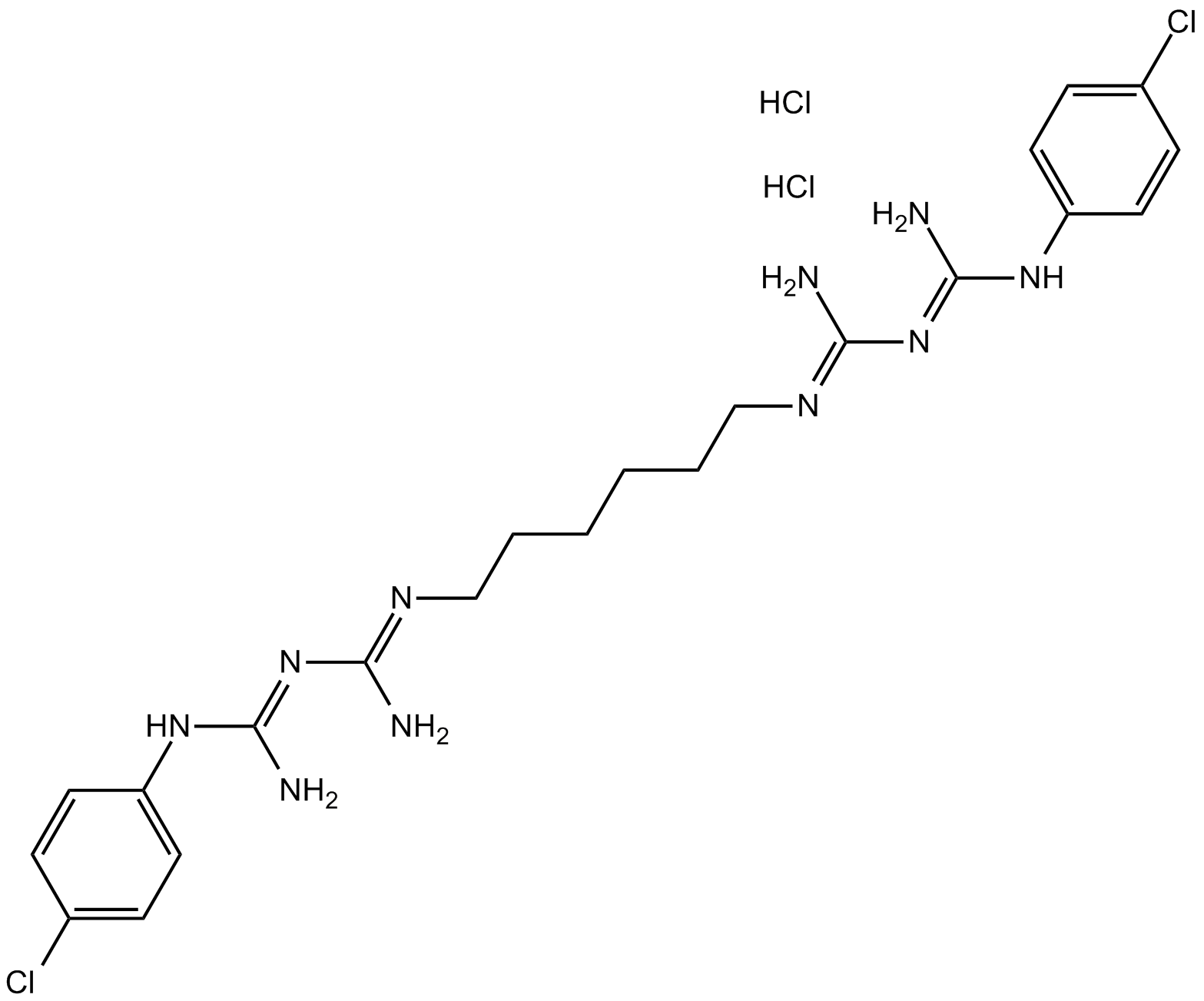
-
GC39358
Chlorobutanol
Chlorobutanol is a pharmaceutical preservative.

-
GC62358
Chlorobutanol hemihydrate
Chlorobutanol hemihydrate is a pharmaceutical preservative.
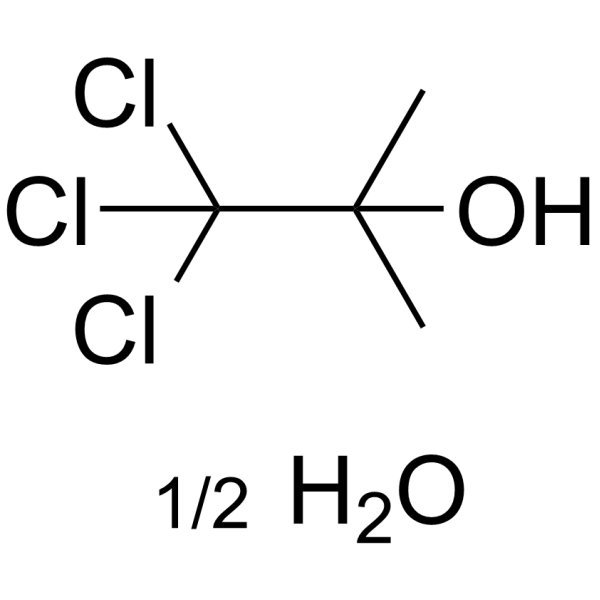
-
GC17165
Chloroxine
synthetic antibacterial compound
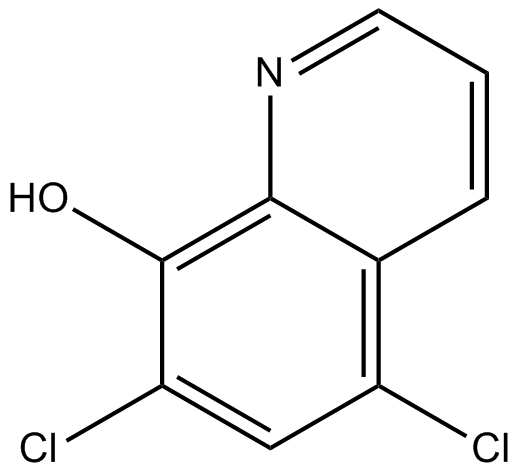
-
GC33937
Chloroxylenol (4-Chloro-3,5-dimethylphenol)
Chloroxylenol (4-Chloro-3,5-dimethylphenol) is a broad spectrum antimicrobial chemical compound used to control bacteria, algae, fungi and virus.
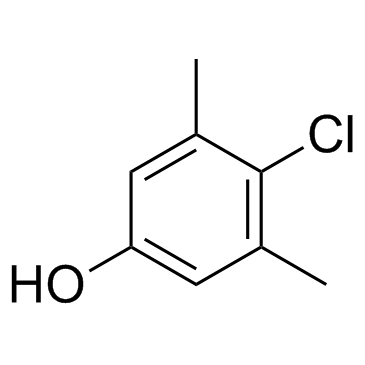
-
GC60701
Chlorphenesin
Chlorphenesin is a reversible antigen-associated immunosuppressant.
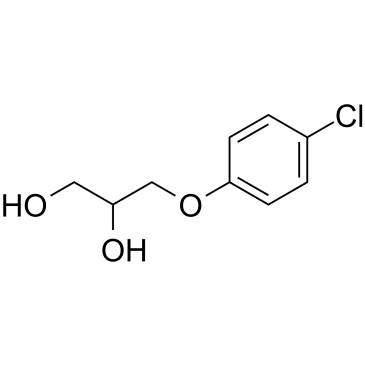
-
GC15312
Chlorprothixene
Dopamine receptor antagonist
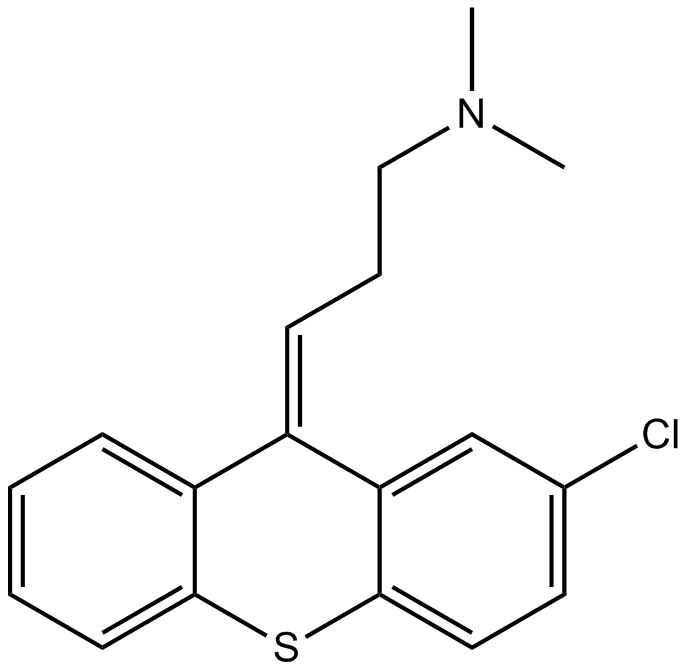
-
GC17540
Chlorquinaldol
Antifungal and antibacterial
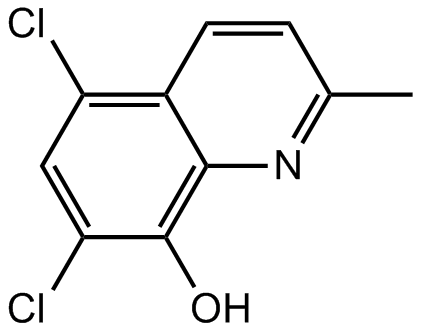
-
GC40996
Chlortetracycline
Chlortetracycline is a broad-spectrum antibiotic originally isolated from S.
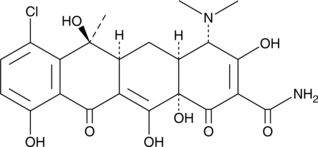
-
GC60702
Chlortetracycline hydrochloride
Chlortetracycline hydrochloride (7-Chlorotetracycline hydrochloride) is a specific and potent calcium ionophore antibiotic, inhibits binding of aminoacyl-tRNA to ribosomes.
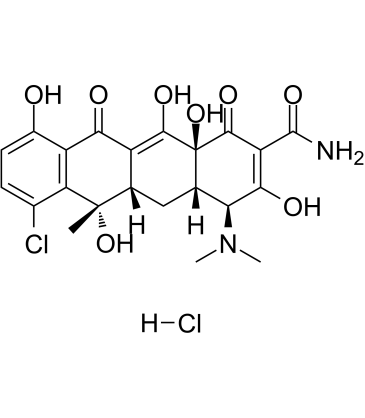
-
GC18344
Chrysomycin B
Chrysomycin B is an antibiotic isolated from a strain of Streptomyces.
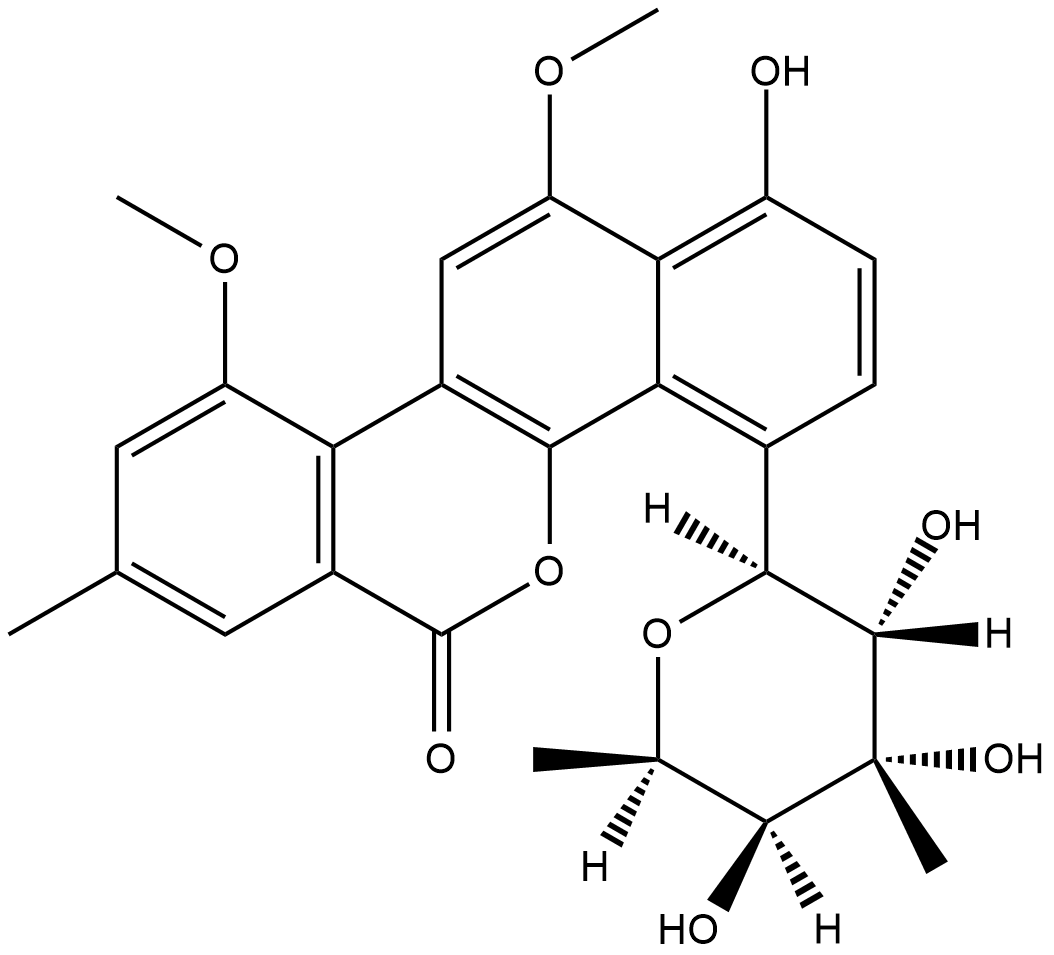
-
GC32162
Cilastatin (MK0791)
Cilastatin (MK0791) (MK0791) is a reversible, competitive renal dehydropeptidase I inhibitor with an IC50 of 0.1 μM.
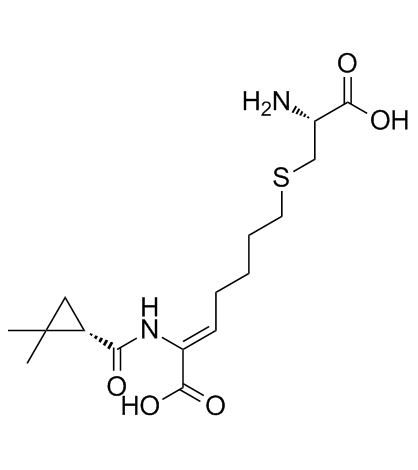
-
GN10190
Cinnamic acid
trans-Cinnamic acid is a natural antimicrobial, with minimal inhibitory concentration (MIC) of 250 μg/mL against fish pathogen A.
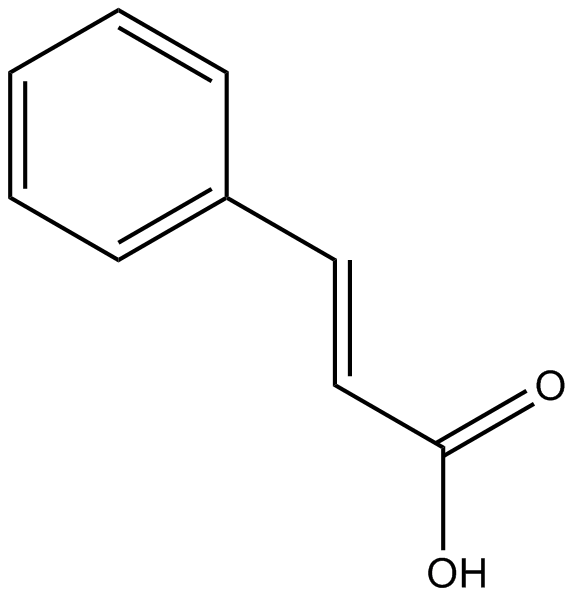
-
GC38310
Cinnamylideneacetic acid
Cinnamylideneacetic acid is a photoresponsive compound which is capable of a photoinduced [2+2] cycloaddition.
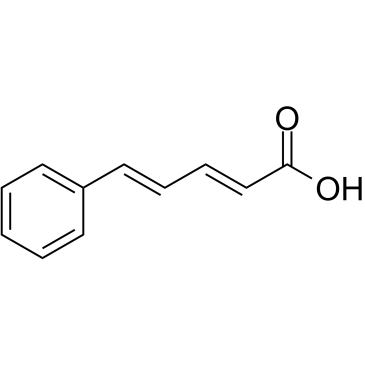
-
GC34054
Cinoxacin (Compound 64716)
Cinoxacin (Compound 64716) (Compound 64716), a synthetic antimicrobial related to the quinolone class of orally active antibacterial agent.
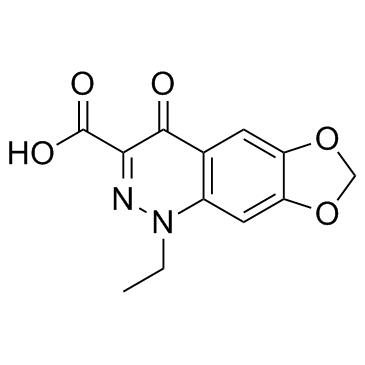
-
GC13550
Ciprofloxacin
Topoisomerase inhibitor
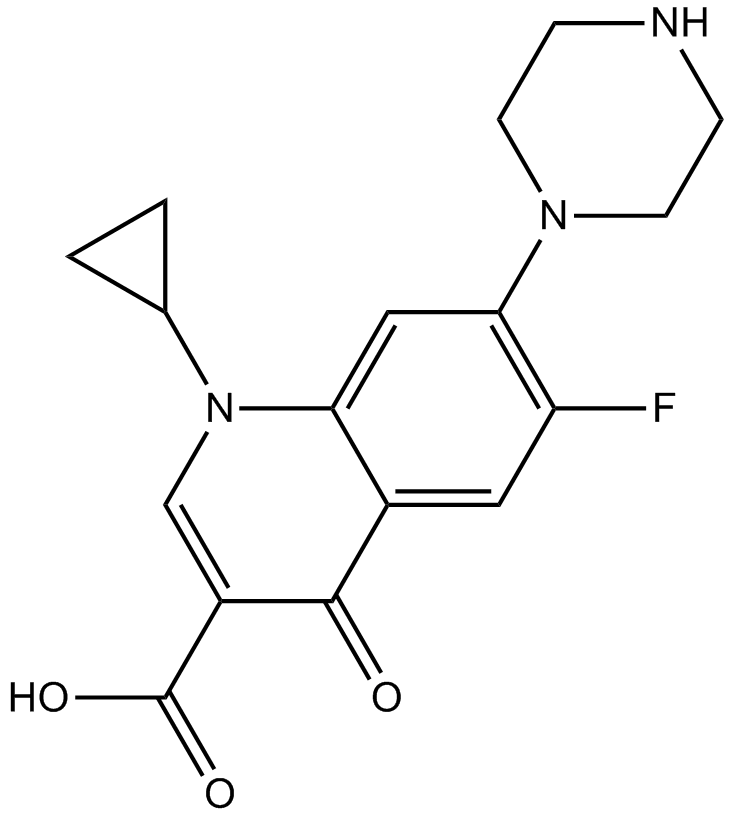
-
GC15241
Ciprofloxacin (hydrochloride)
Ciprofloxacin (Bay-09867) monohydrochloride is a potent, orally active topoisomerase IV inhibitor.
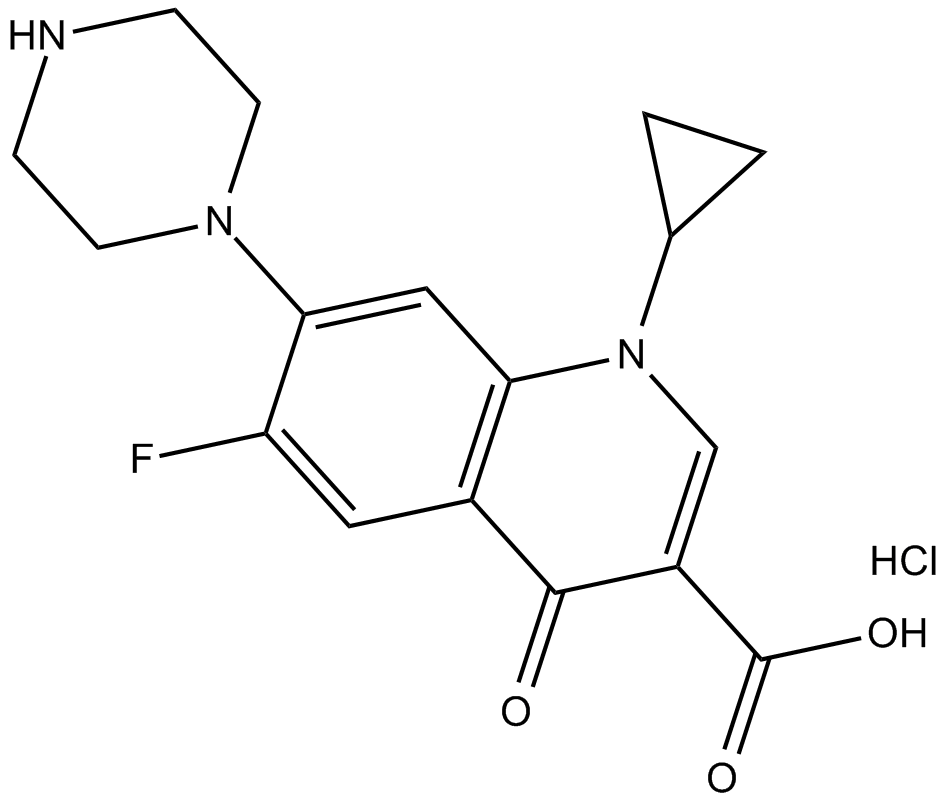
-
GC63671
Ciprofloxacin hydrochloride monohydrate
Ciprofloxacin (Bay-09867) hydrochloride monohydrate is a potent, orally active topoisomerase IV inhibitor.
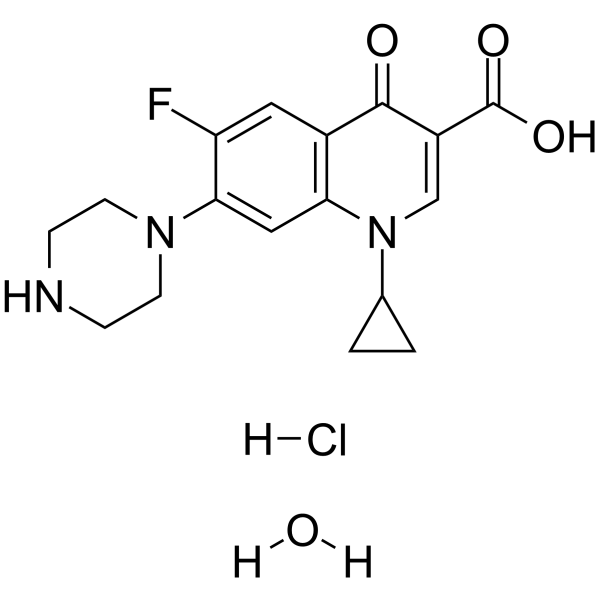
-
GC64109
Ciprofloxacin-d8
Ciprofloxacin-d8 (Bay-09867-d8) is the deuterium labeled Ciprofloxacin.
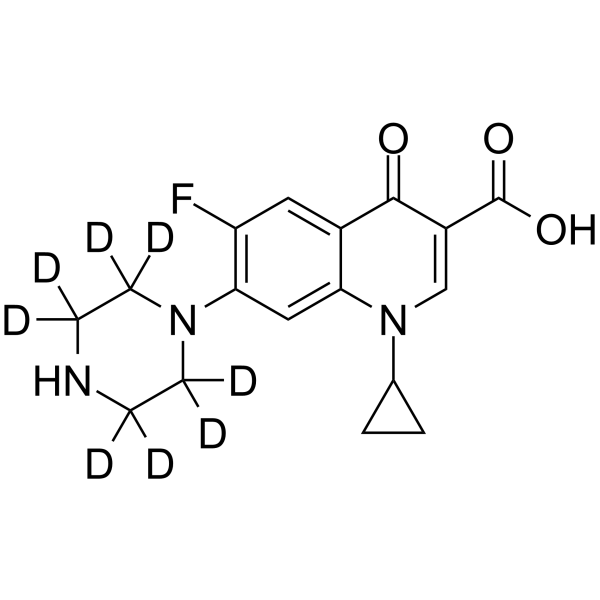
-
GC40305
cis-6-Hexadecenoic Acid
cis-6-Hexadecenoic Acid is a fatty acid commonly found on the skin and in mucosa.

-
GC16661
Citrinin
A mycotoxin inducing apoptosis
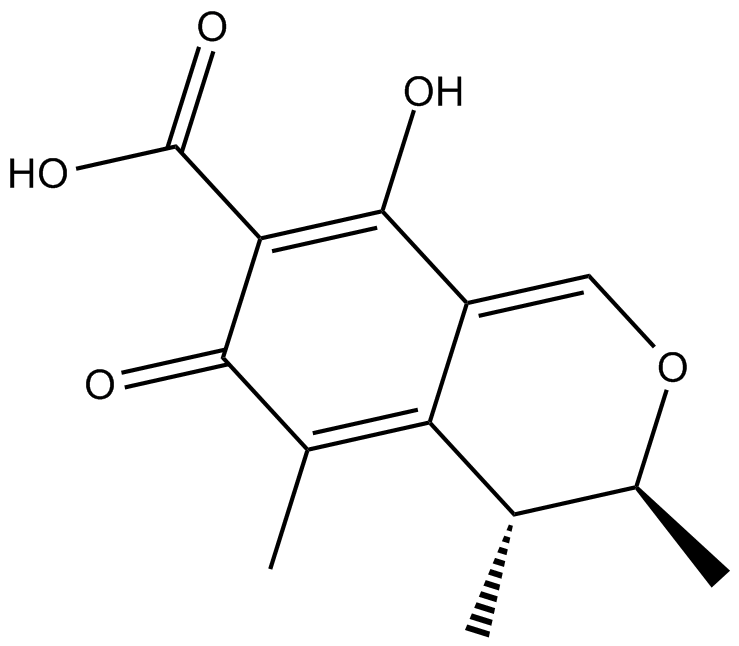
-
GC16754
Clarithromycin
A macrolide antibiotic
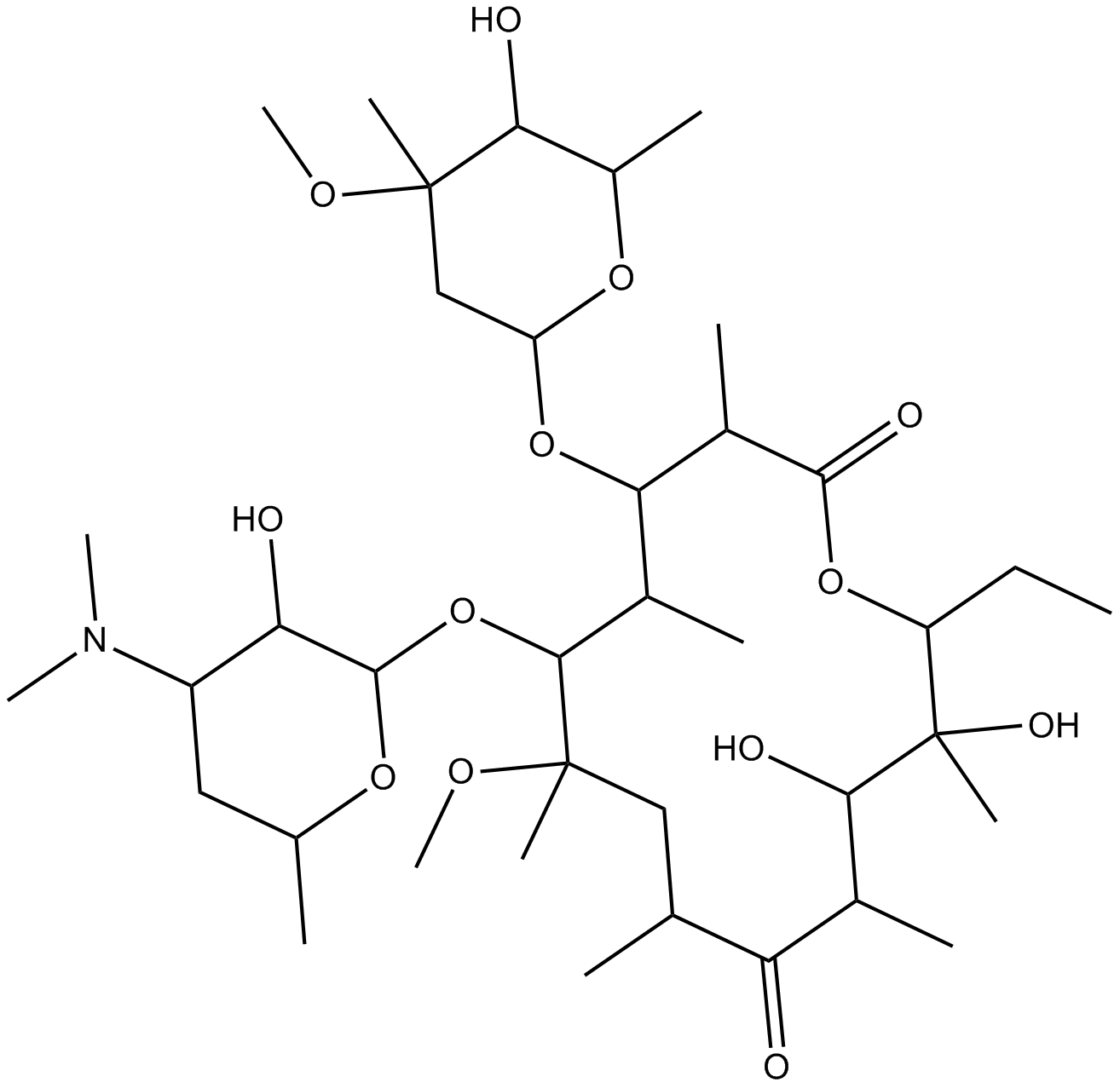
-
GC38901
Clavulanate lithium
Clavulanate lithium is a potent β-lactamase inhibitor and acts as an antibiotic.
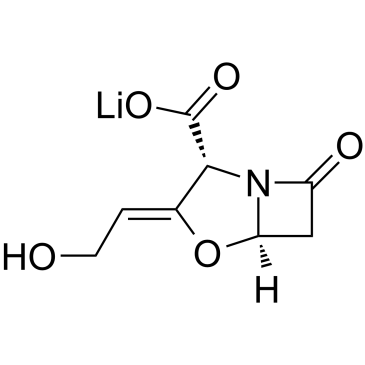
-
GC50573
Click N-Acetylmuramic acid - alkyne
Bacterial peptidoglycan derivative; suitable for 'click'-conjugation to fluorescent dyes
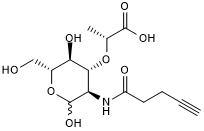
-
GC16681
Clinafloxacin (AM1091)
Clinafloxacin (AM 1091) is a potent and broad-spectrum fluoroquinolone antibiotic, has inhibitory activity against gram-positive, gram-negative bacterias, and anaerobic pathogens in vitro.
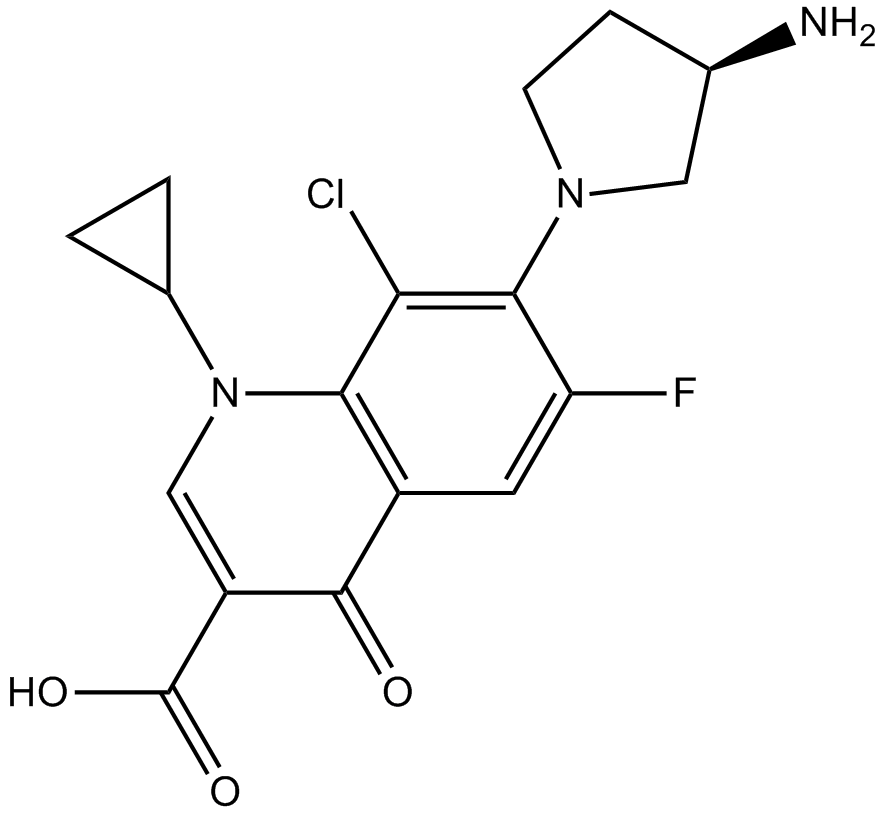
-
GC13259
Clinafloxacin (hydrochloride)
fluoroquinolone antibiotic that displays broad-spectrum antibacterial activity
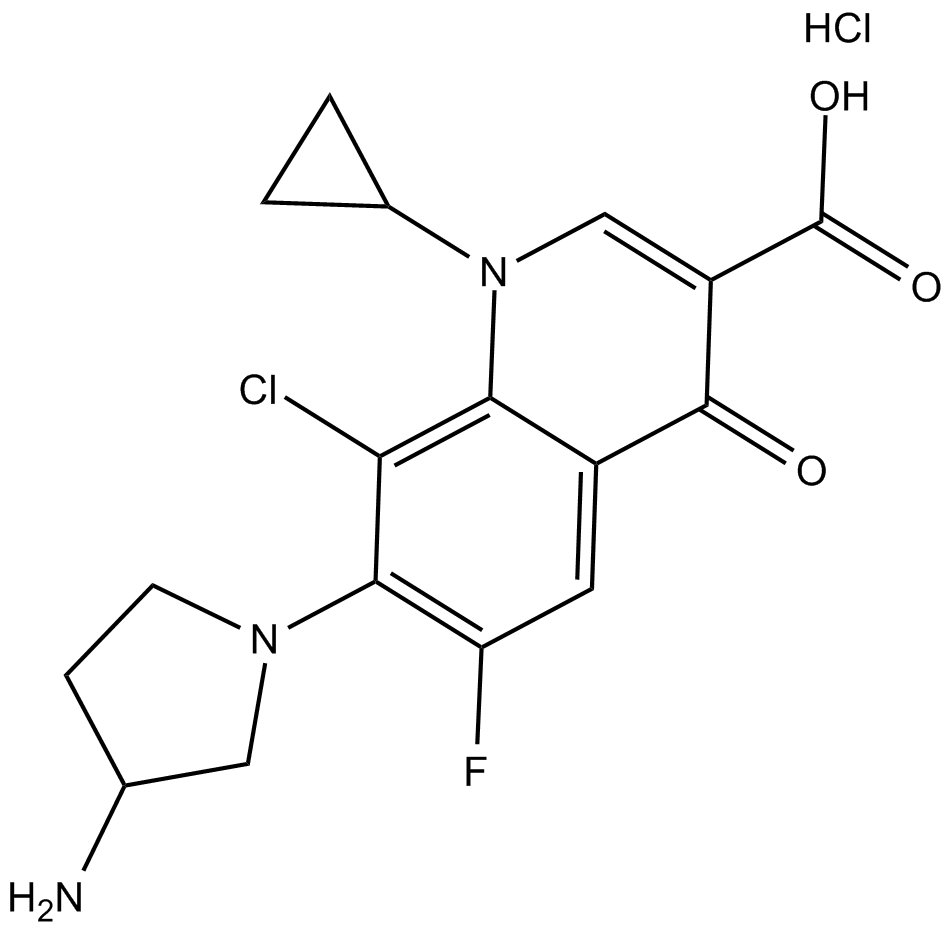
-
GC17875
Clindamycin
Antibiotic
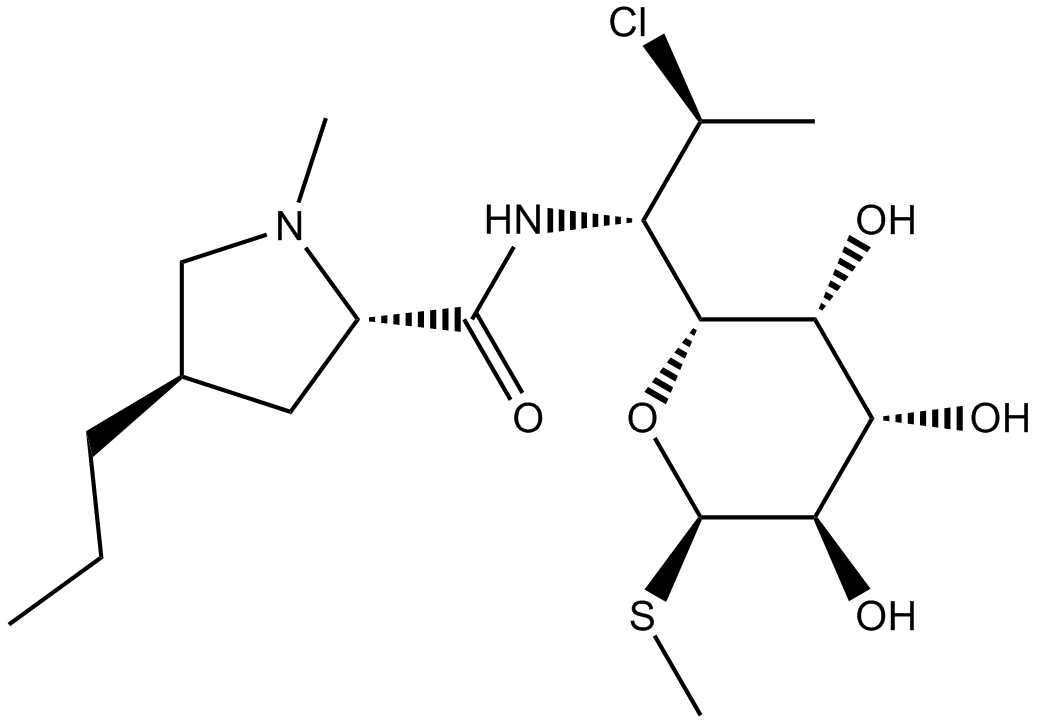
-
GC15349
Clindamycin HCl
Clindamycin (hydrochloride) is a semisynthetic lincosamide antibiotic, which inhibits protein synthesis by acting on the 50S ribosomal.
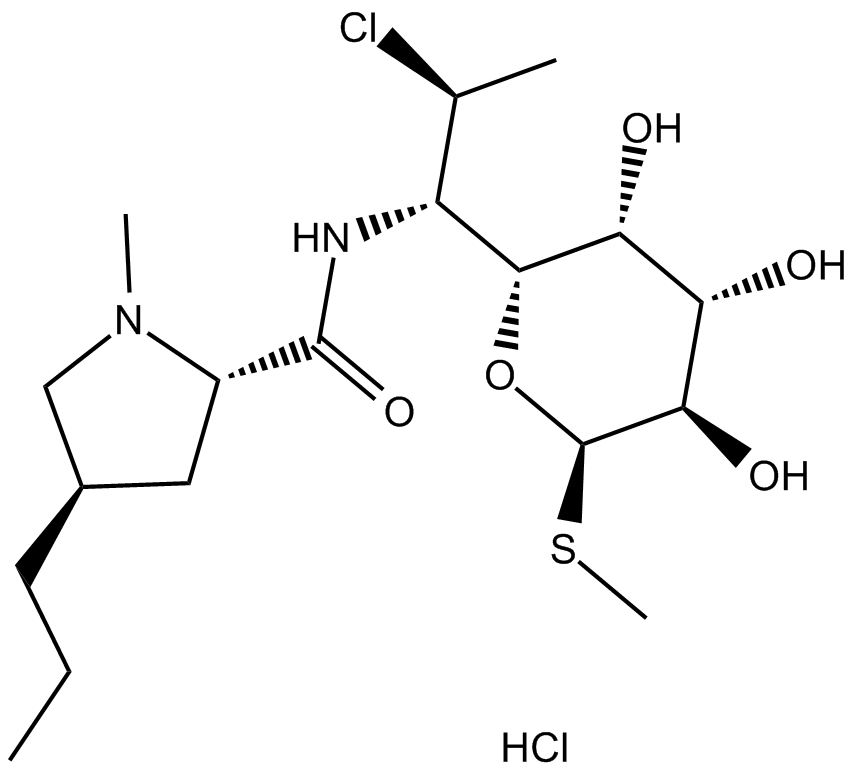
-
GC45895
Clindamycin Palmitate (hydrochloride)
A water-soluble prodrug form of clindamycin
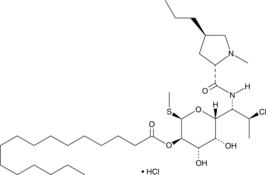
-
GC17406
Clindamycin Phosphate
Lincosamide antibiotic
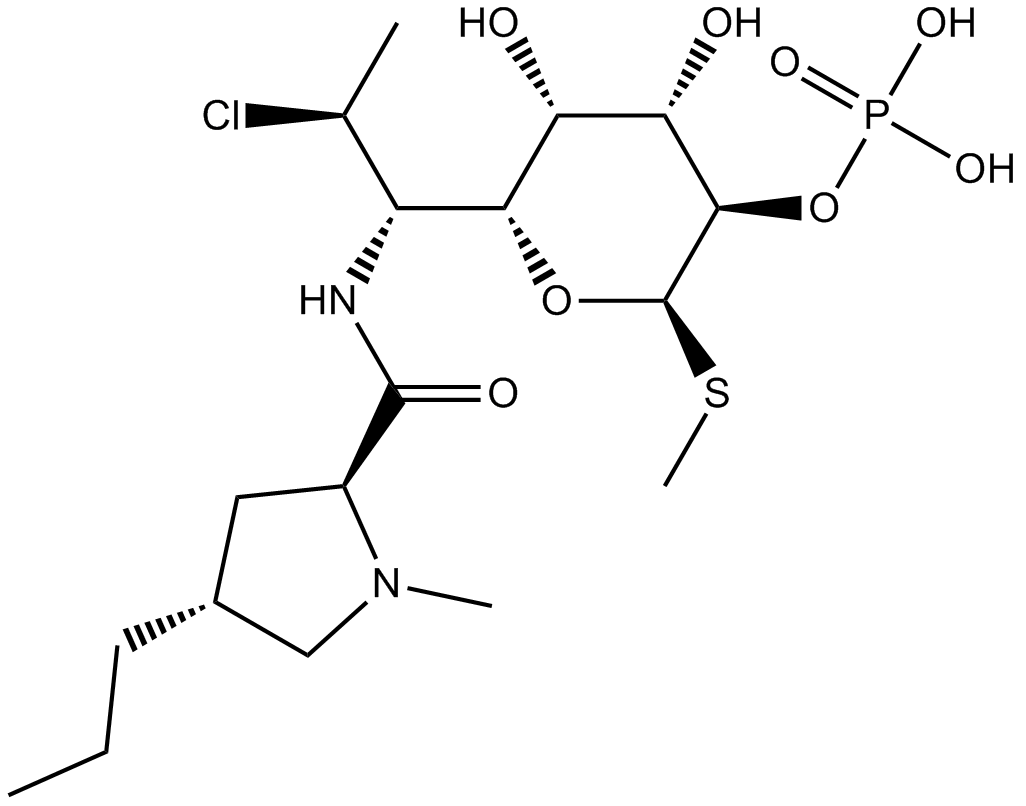
-
GC13195
Clofazimine
Tuberculosis drug
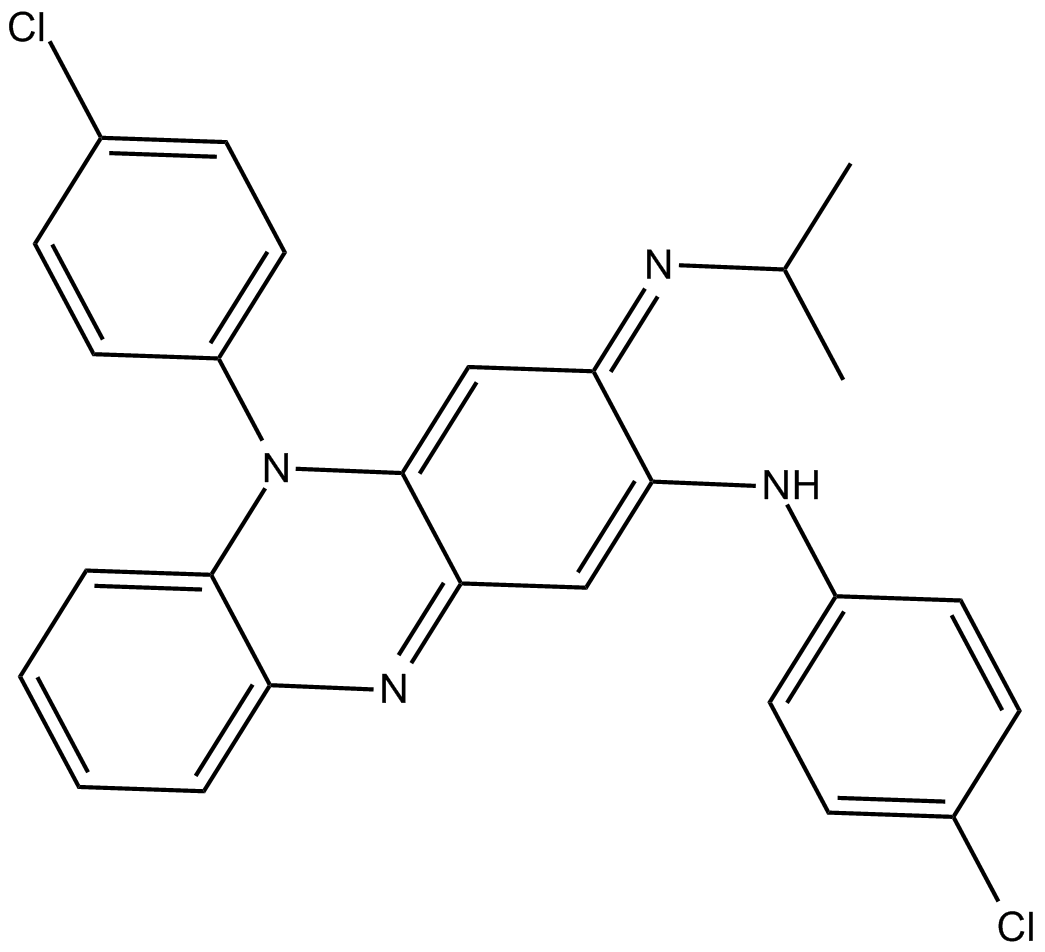
-
GC32678
Clofoctol
Clofoctol is a bacteriostatic antibiotic.
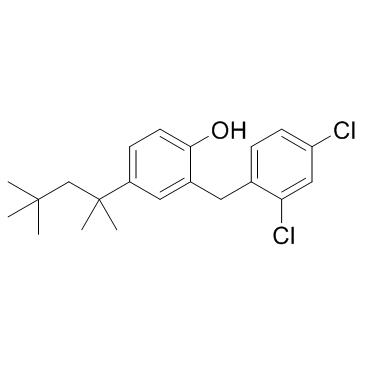
-
GC32291
Closthioamide
Closthioamide is a potent inhibitor of bacterial DNA gyrase and highly active against Ec, MRSA, VRE and Mv), with MICs of 9.00 μM, 0.58 μM, 0.58 μM and 72.03 μM respectively.
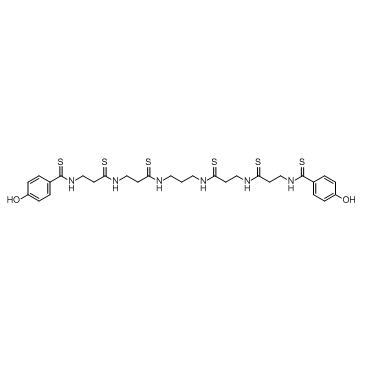
-
GC43282
Cloxacillin (sodium salt)
Cloxacillin is a semisynthetic β-lactamase inhibitor.
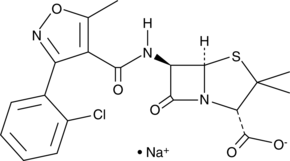
-
GC14183
Cloxacillin Sodium
Cloxacillin Sodium is an orally active antibacterial agent and β-lactamase inhibitor with an IC50 of 0.04 μM.
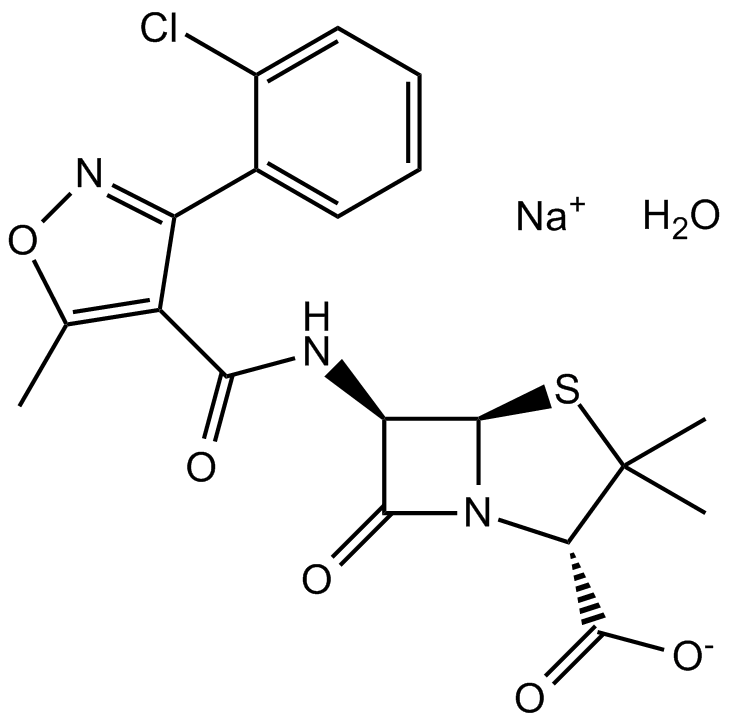
-
GC32184
Cloxiquine (5-Chloro-8-quinolinol)
Cloxiquine (5-Chloro-8-quinolinol) (5-Chloro-8-quinolinol) is an antibacterial, antifungal and antiamoebic agent.
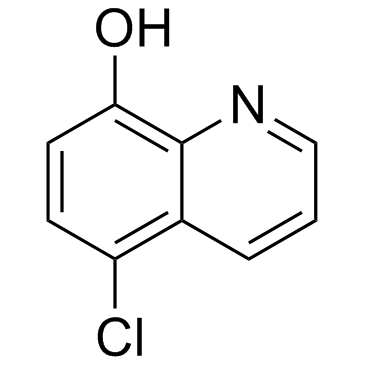
-
GC60720
Coenzyme FO
Coenzyme FO, a deazaflavin chromophore, acts as an important hydride acceptor/donor in the central methanogenic pathway.
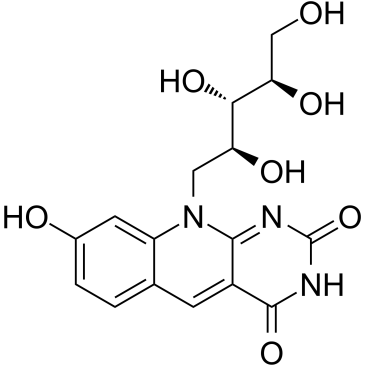
-
GC30144
Coixol (6-Methoxy-2-benzoxazolinone)
Coixol (6-Methoxy-2-benzoxazolinone) (6-Methoxy-2-benzoxazolinone;6-MBOA) is a polyphenol extracted from coix (Coix lachryma-jobiL.
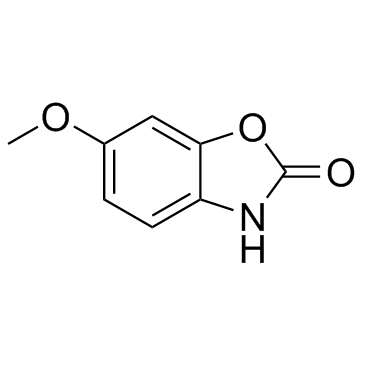
-
GC16332
Colistin Sulfate
Cationic polypeptide antibiotic
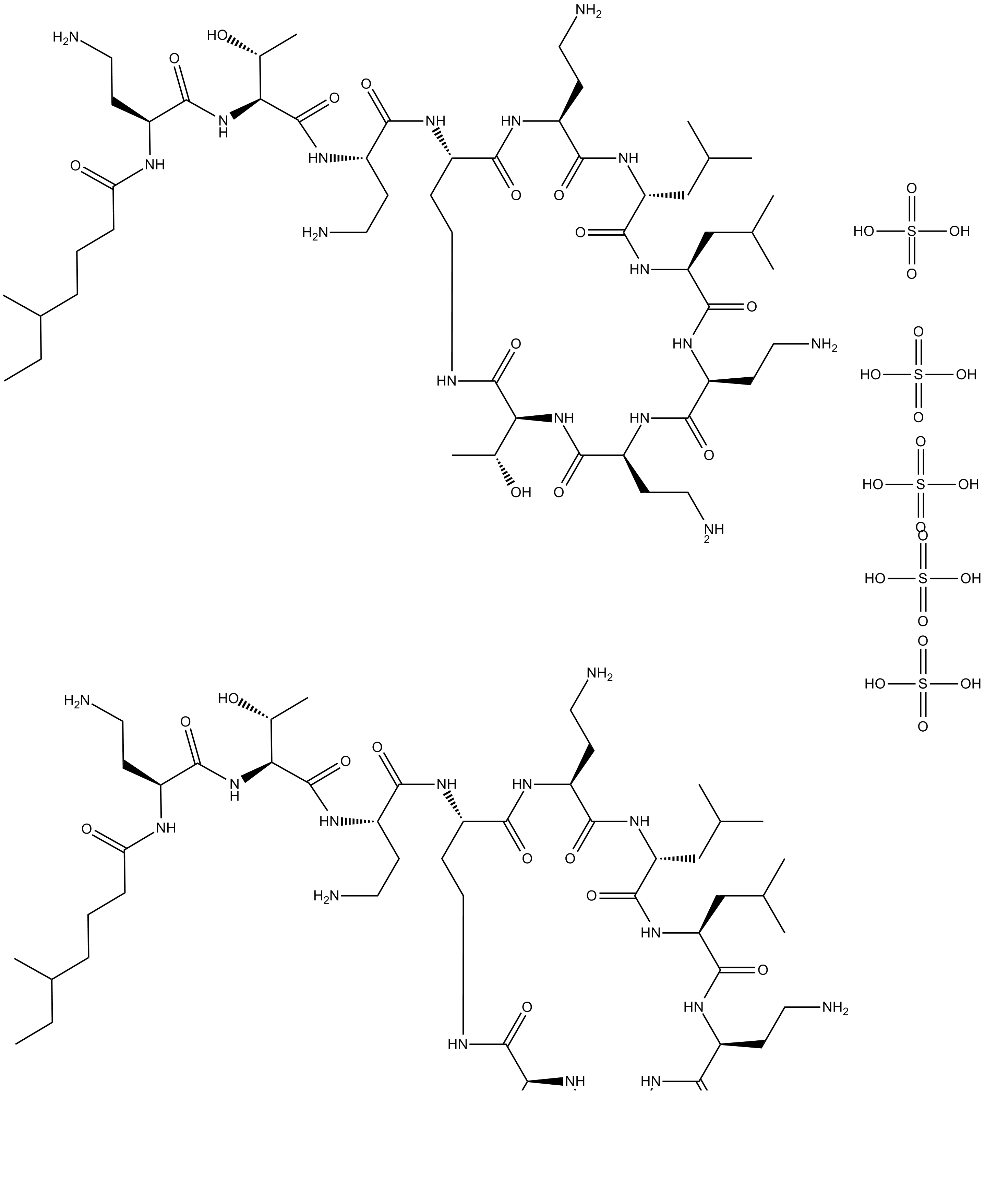
-
GC60722
Comanthoside B
Comanthoside B is a flavonoid glycoside isolated from the aerial portions of Ruellia tuberosa L.
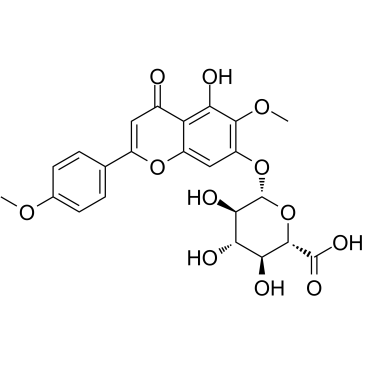
-
GC62706
Contezolid
Contezolid (MRX-I), a new and orally active oxazolidinone, is an antibiotic in study for complicated skin and soft tissue infections (cSSTI) caused by resistant Gram-positive bacteria.
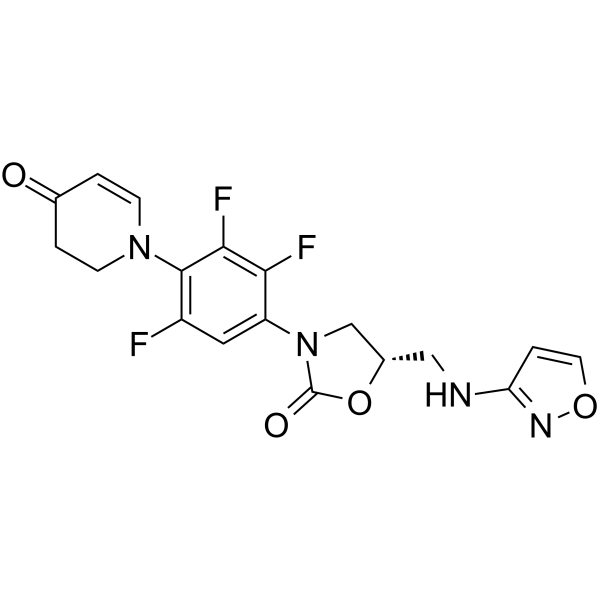
-
GC62902
Contezolid acefosamil sodium
Contezolid acefosamil sodium (MRX-4), a new and orally active oxazolidinone, is an antibiotic in study for complicated skin and soft tissue infections (cSSTI) caused by resistant Gram-positive bacteria.
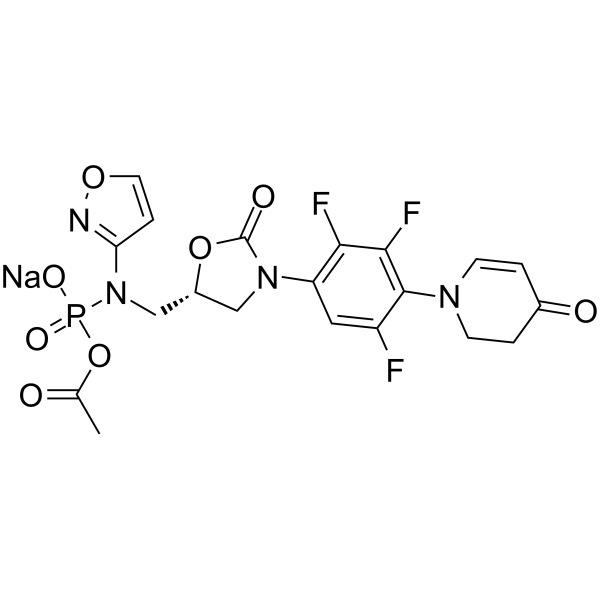
-
GC35729
Continentalic acid
Continentalic acid from Aralia continentalis has minimum inhibitory concentrations (MICs) of approximately 8-16 ?g/mL against S.
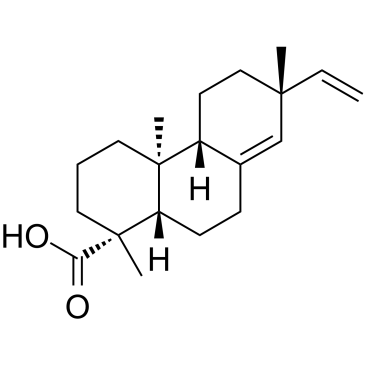
-
GN10577
Coptisine chloride
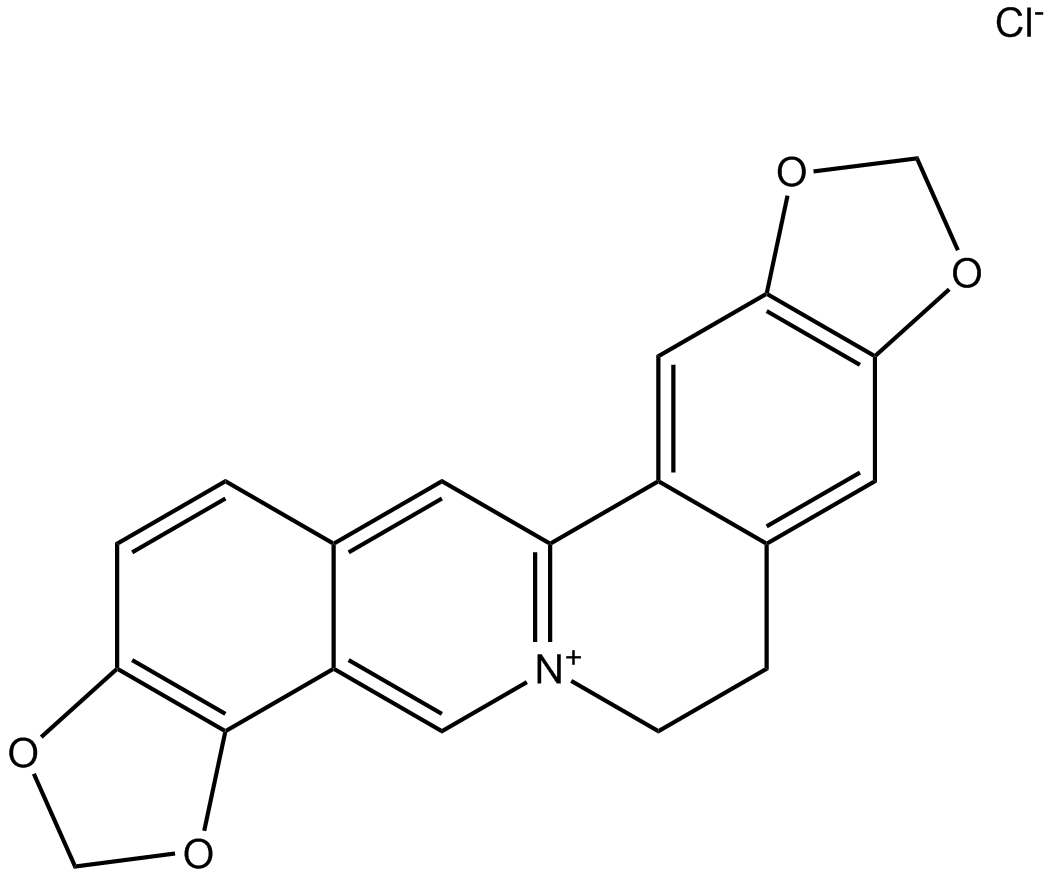
-
GN10346
Corilagin
A natural polyphenol
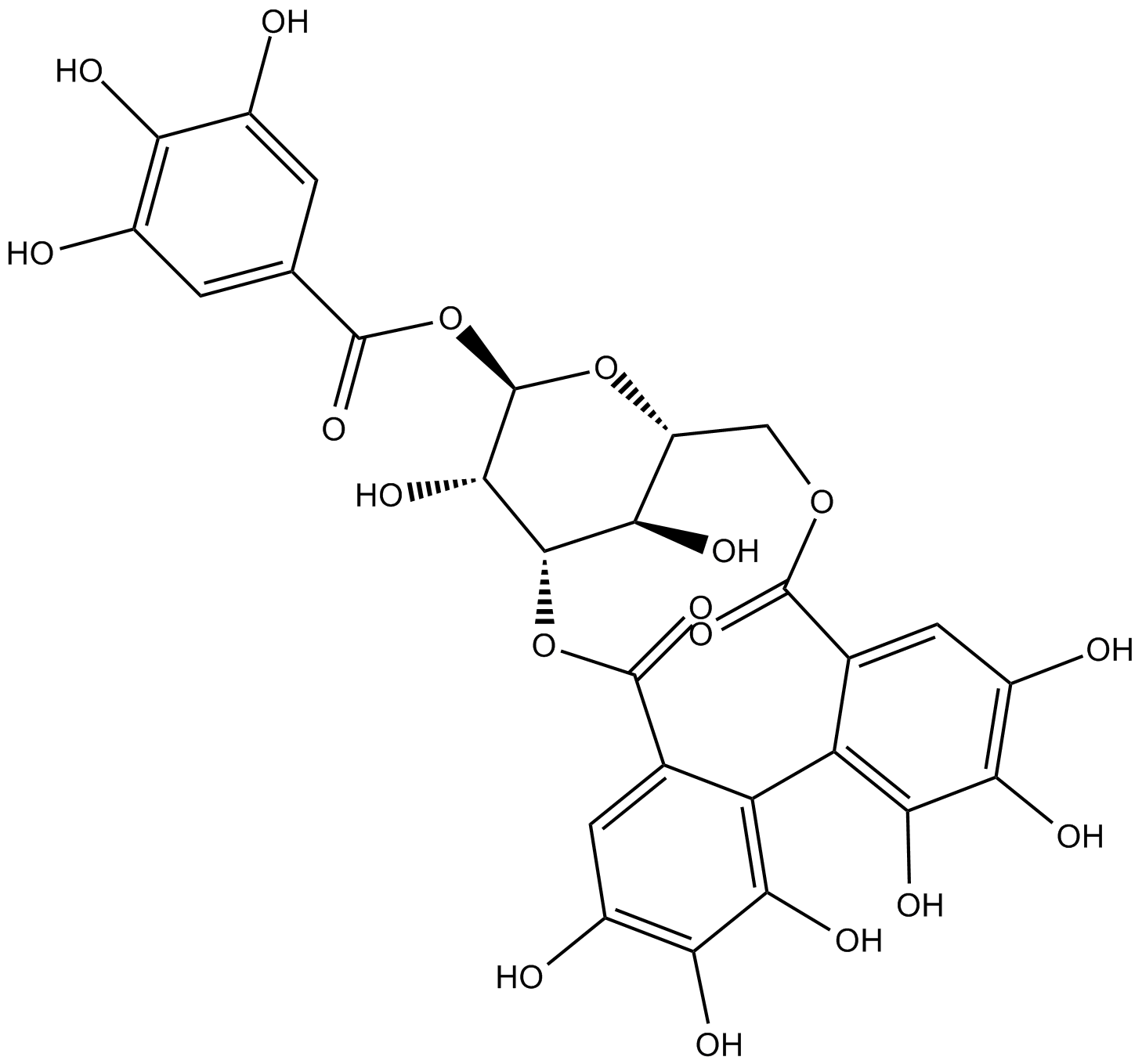
-
GC32956
Corylin
Corylin is a major bioactive compound isolated from Psoralea corylifolia L; antibiotic or anticancer compound.
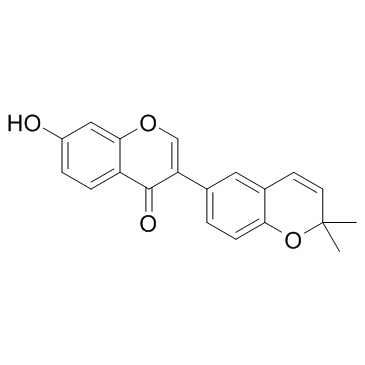
-
GC35737
Cowaxanthone B
Cowaxanthone B is a xanthone isolated from the fruits of Garcinia cowa.
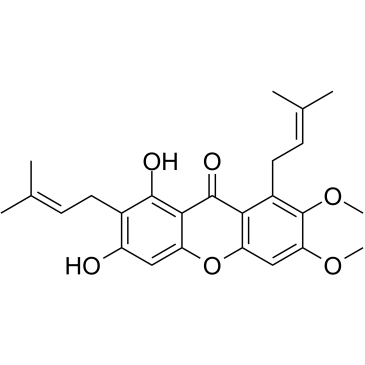
-
GC66395
CRS3123 dihydrochloride
CRS3123 (REP-3123) dihydrochloride, a fully synthetic antibacterial agent, potently inhibits methionyl-tRNA synthetase (MetRS) of Clostridioides difficile, inhibiting Clostridioides difficile toxin production and spore formation. CRS3123 dihydrochloride is an oral agent for the research of Clostridioides difficile infection (CDI).
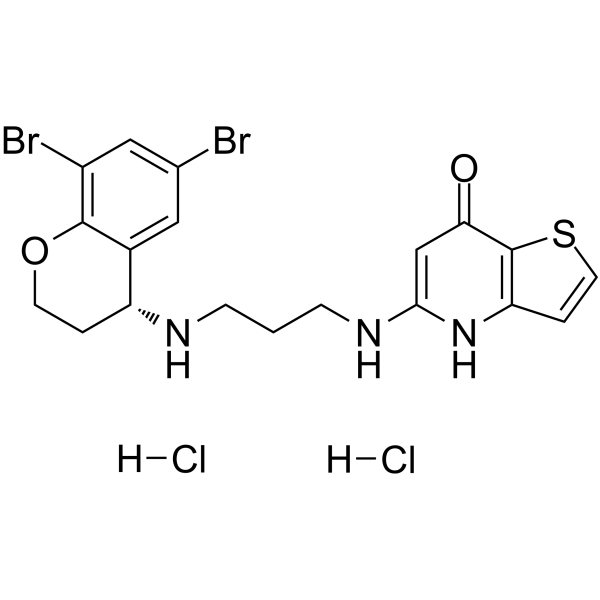
-
GC11687
Crystal Violet
triarylmethane dye
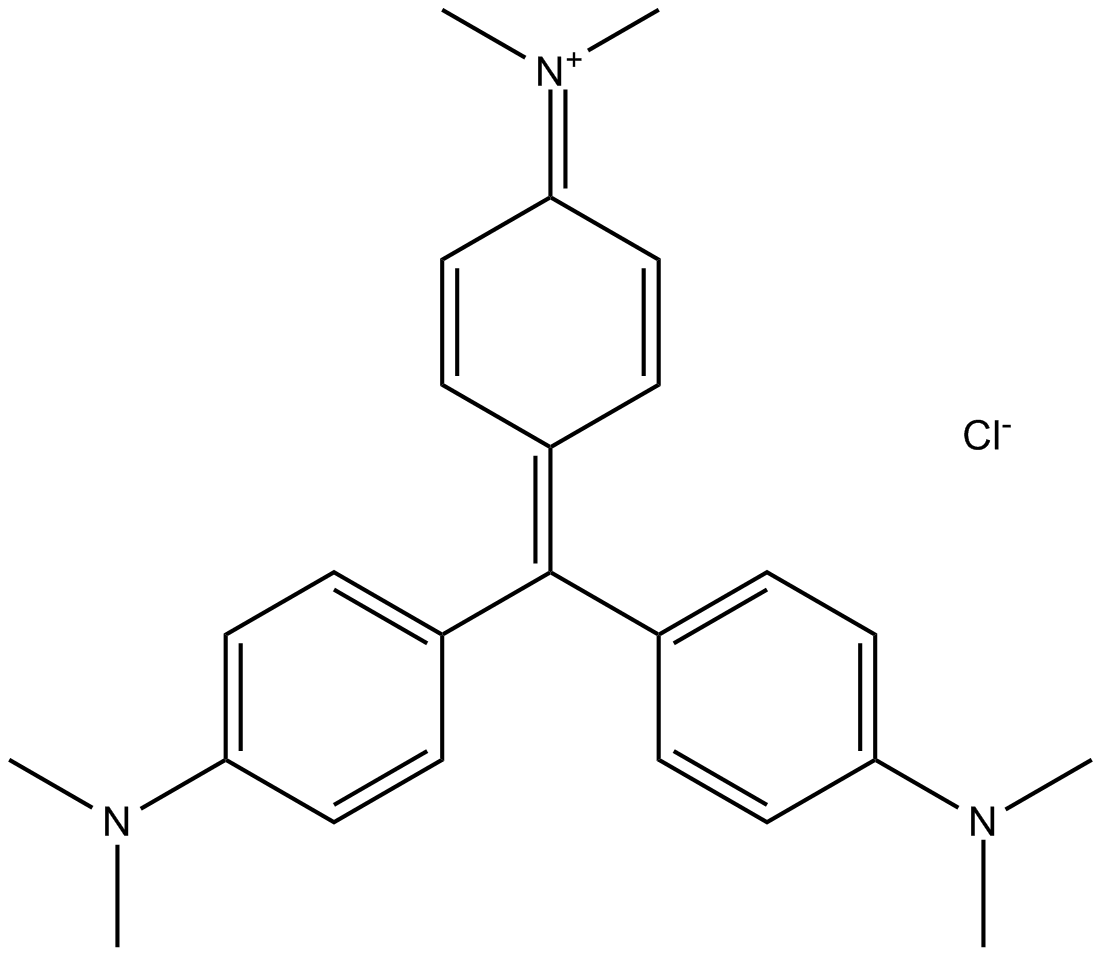
-
GC64061
CSP1
CSP1 is a potent and selective ComD1 receptor agonist, with an IC50 of 10.3 nM.
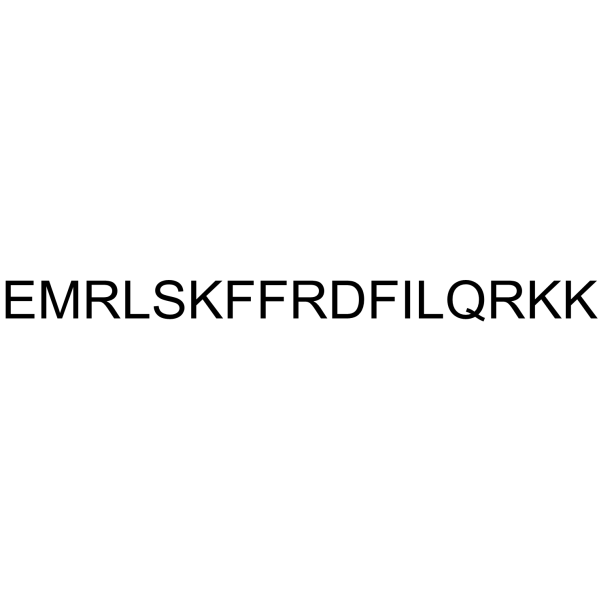
-
GC33979
Cyanoacetohydrazide (Cyanoacetic hydrazide)
Cyanoacetohydrazide (Cyanoacetic hydrazide) is an anti-TB drug.
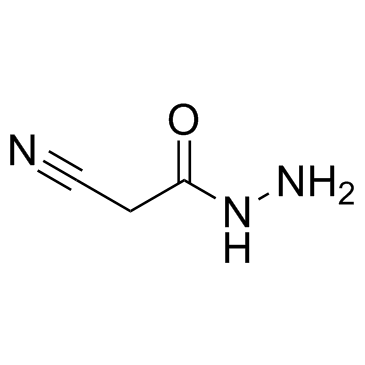
-
GC45904
Cyclosporin C
A fungal metabolite with diverse biological activities
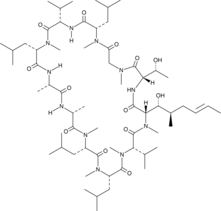
-
GC30173
Cyproconazole
Cyproconazole is a triazole fungicide that is used agriculturally for protection of crops against a wide variety of fungal pathogens.
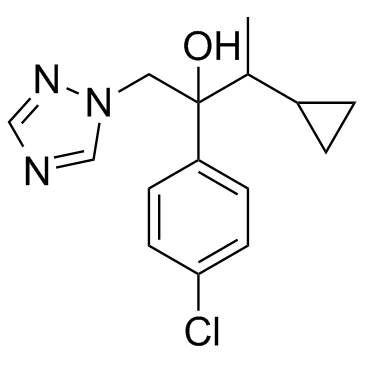
-
GC32252
D-(+)-Melezitose ((+)-Melezitose)
D-(+)-Melezitose ((+)-Melezitose) can be used to identify clinical isolates of indole-positive and indole-negative Klebsiella spp.
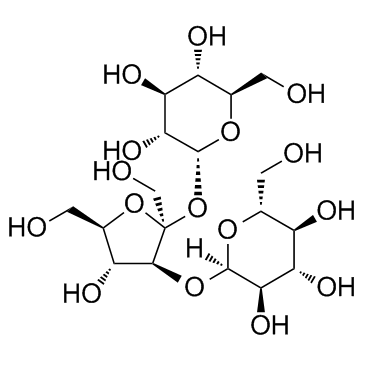
-
GC63462
D-(+)-Melezitose hydrate
D-(+)-Melezitose hydrate ((+)-Melezitose hydrate) can be used to identify clinical isolates of indole-positive and indole-negative Klebsiella spp.
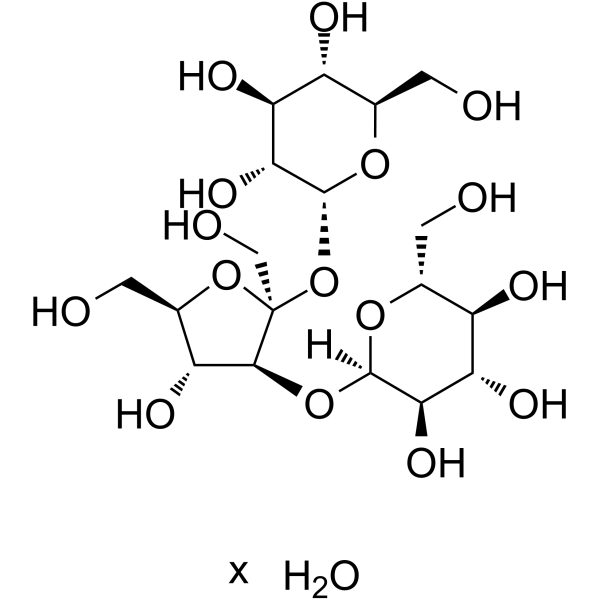
-
GC35793
D-(+)-Phenyllactic acid
D-(+)-Phenyllactic acid is an anti-bacterial agent, excreted by Geotrichum candidum, inhibits a range of Gram-positive from humans and foodstuffs and Gram-negative bacteria found in humans.
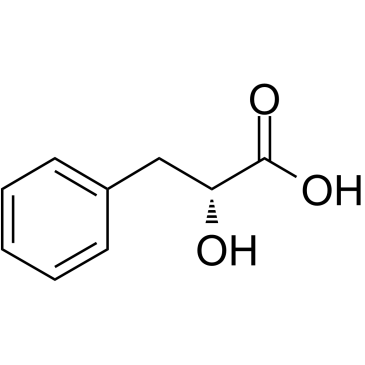
-
GC32361
d-Atabrine dihydrochloride
d-Atabrine dihydrochloride is an active enantiomer of quinacrine which displays antiprion activity.
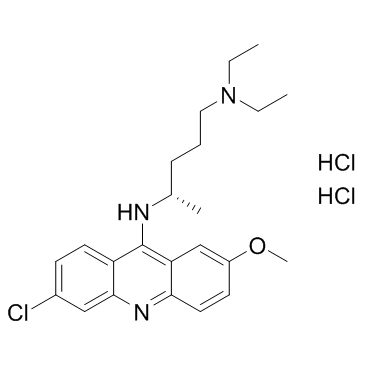
-
GC18060
D-Cycloserine
Antibiotic
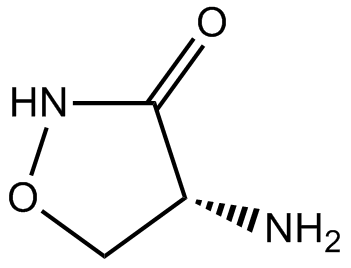
-
GC60125
D-Cysteine
D-Cysteine is the D-isomer of cysteine and a powerful inhibitor of Escherichia coli growth.
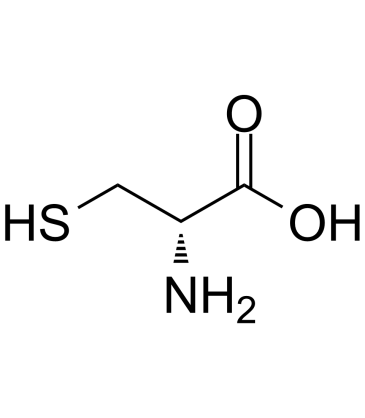
-
GC60793
D-Ribonolactone
D-Ribonolactone is sugar lactone and an inhibitor of β-galactosidase of Escherichia coli with a Ki of 26 mM.
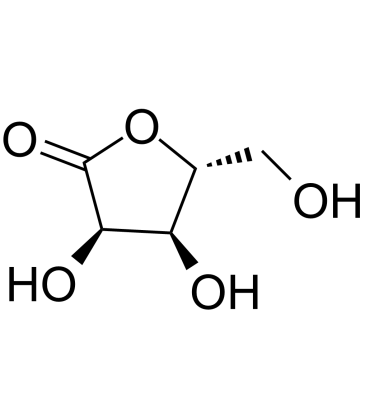
-
GC19115
Dalbavancin
Dalbavancin is a lipoglycopeptide antibiotic agent that is active against gram-positive pathogens.
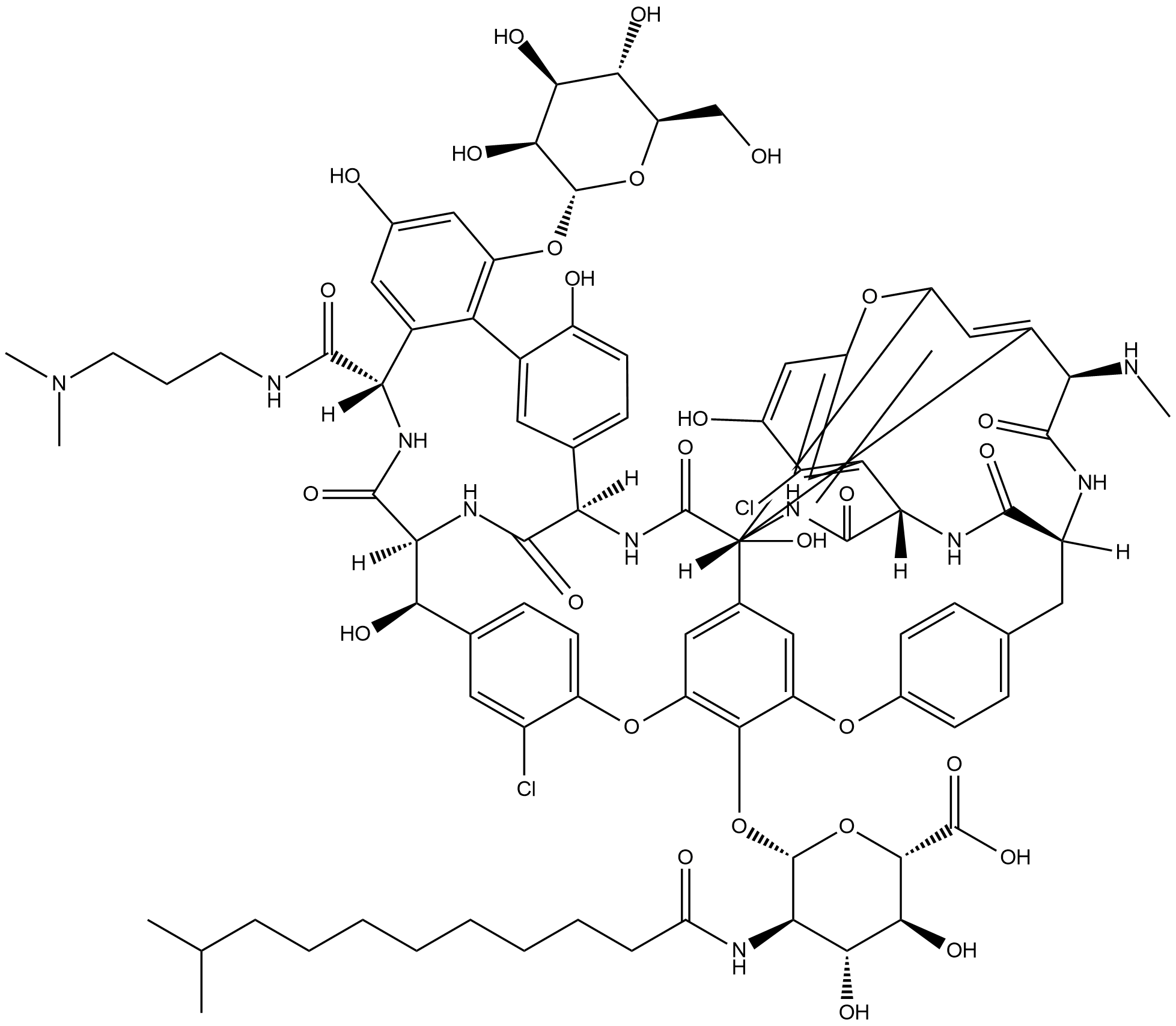
-
GC60739
Dalbavancin hydrochloride
Dalbavancin hydrochloride (MDL-63397 hydrochloride) is a semisynthetic lipoglycopeptide antibiotic with potent bactericidal activity against Gram-positive bacteria.
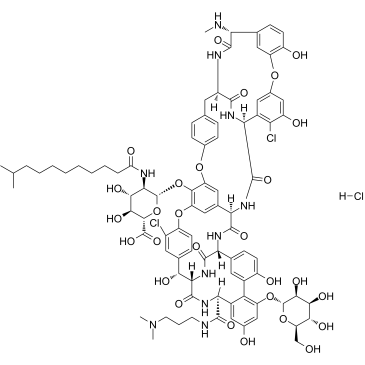
-
GC32105
Dalfopristin (RP54476)
Dalfopristin (RP54476) is a semi-synthetic streptogramin antibiotic.
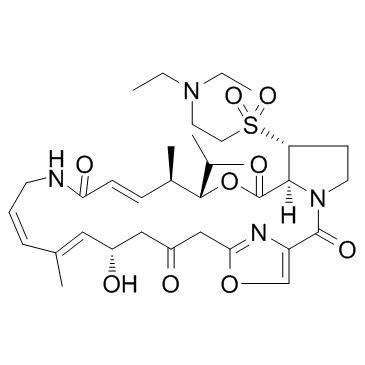
-
GC15535
Danofloxacin Mesylate
Fluoroquinolone antibacterial

-
GC68402
Danofloxacin-d3
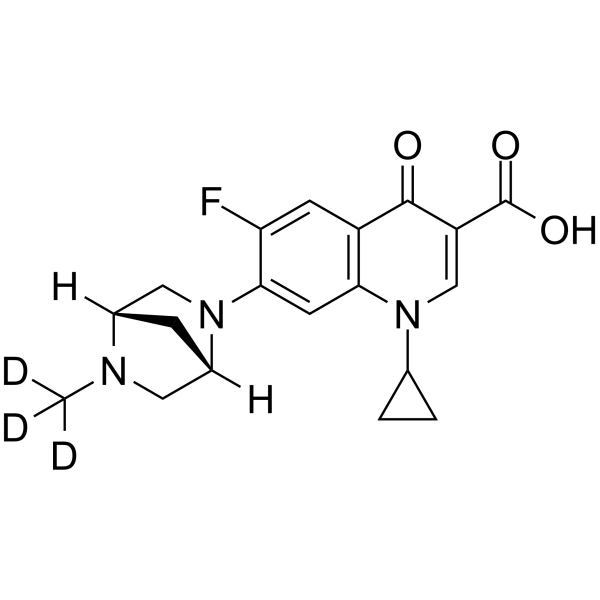
-
GC30056
Danthron (Dantron)
Danthron (Dantron) is a natural product extracted from the traditional Chinese medicine rhubarb. Danthron (Dantron) functions in regulating glucose and lipid metabolism by activating AMPK.
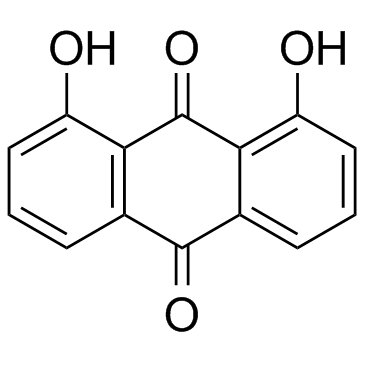
-
GC63597
Daphnin
Daphnin is one of the major coumarin bioactive components with antibacterial activity.
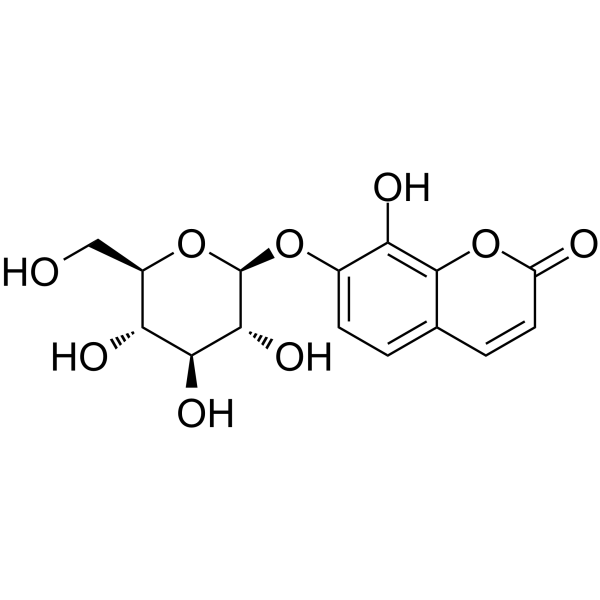
-
GC16306
Dapsone
sulfone antibiotic
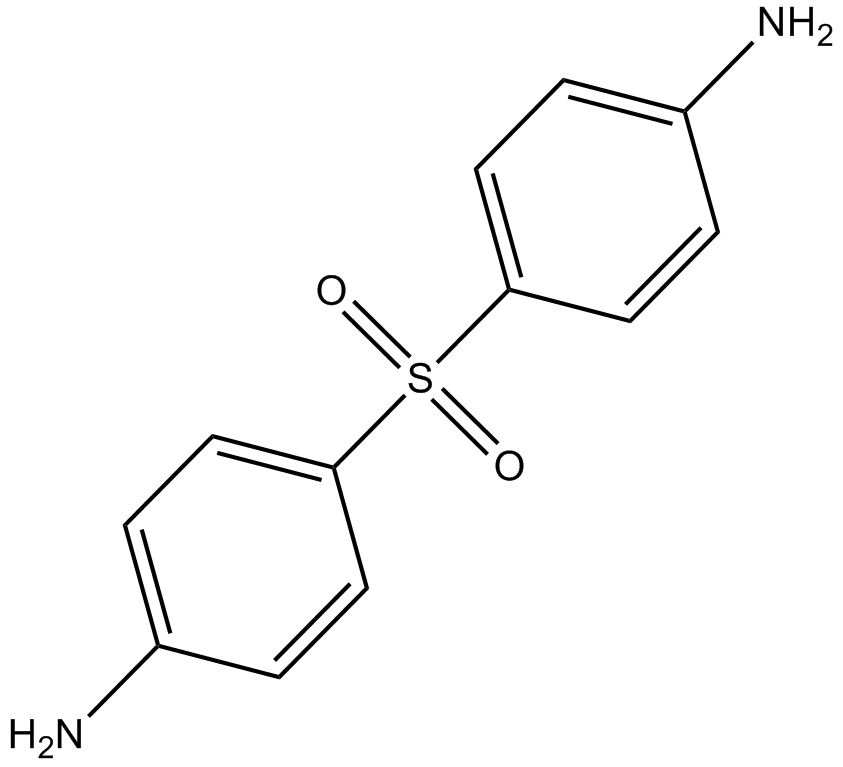
-
GC47172
Dapsone-d8
An internal standard for the quantification of daspone
